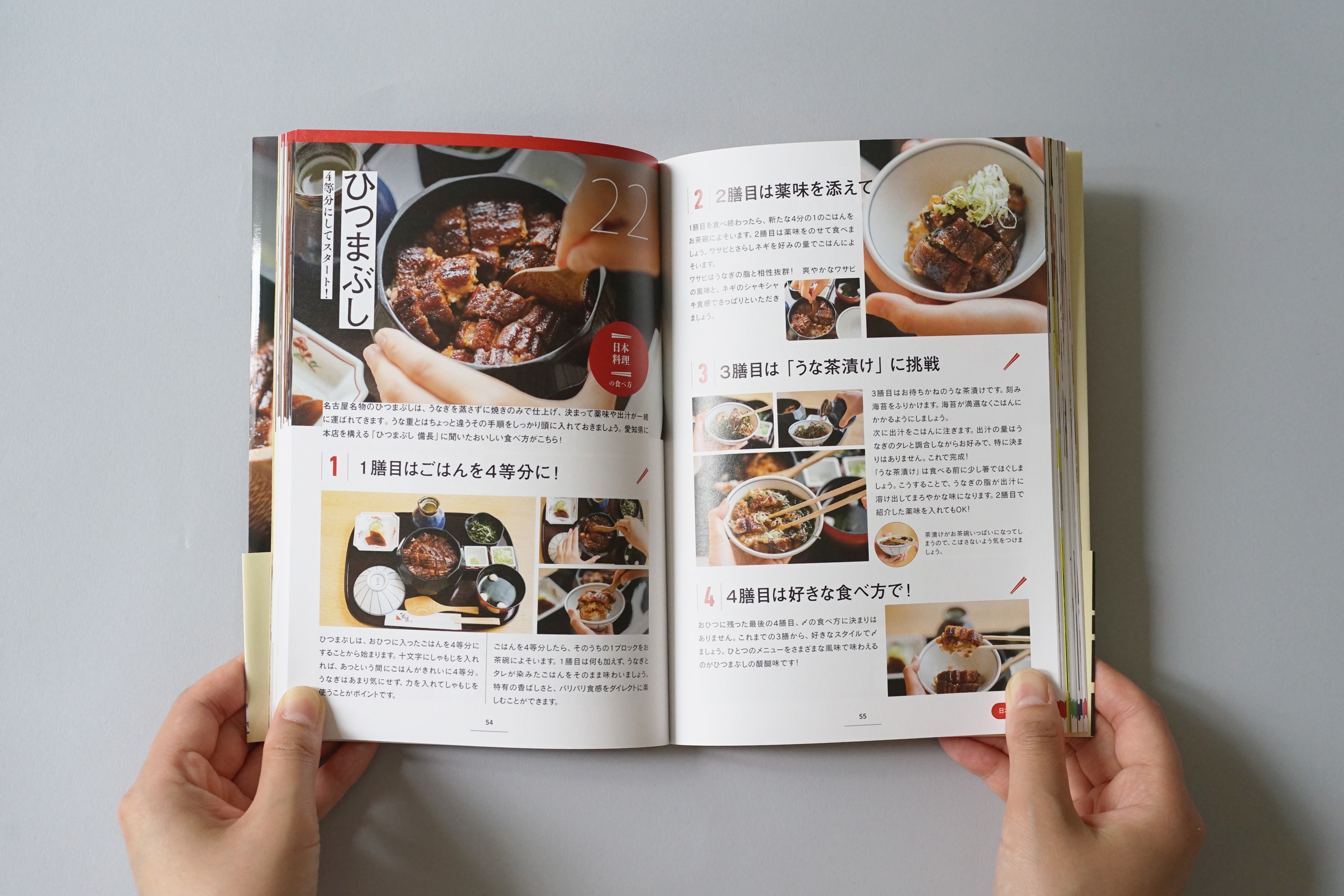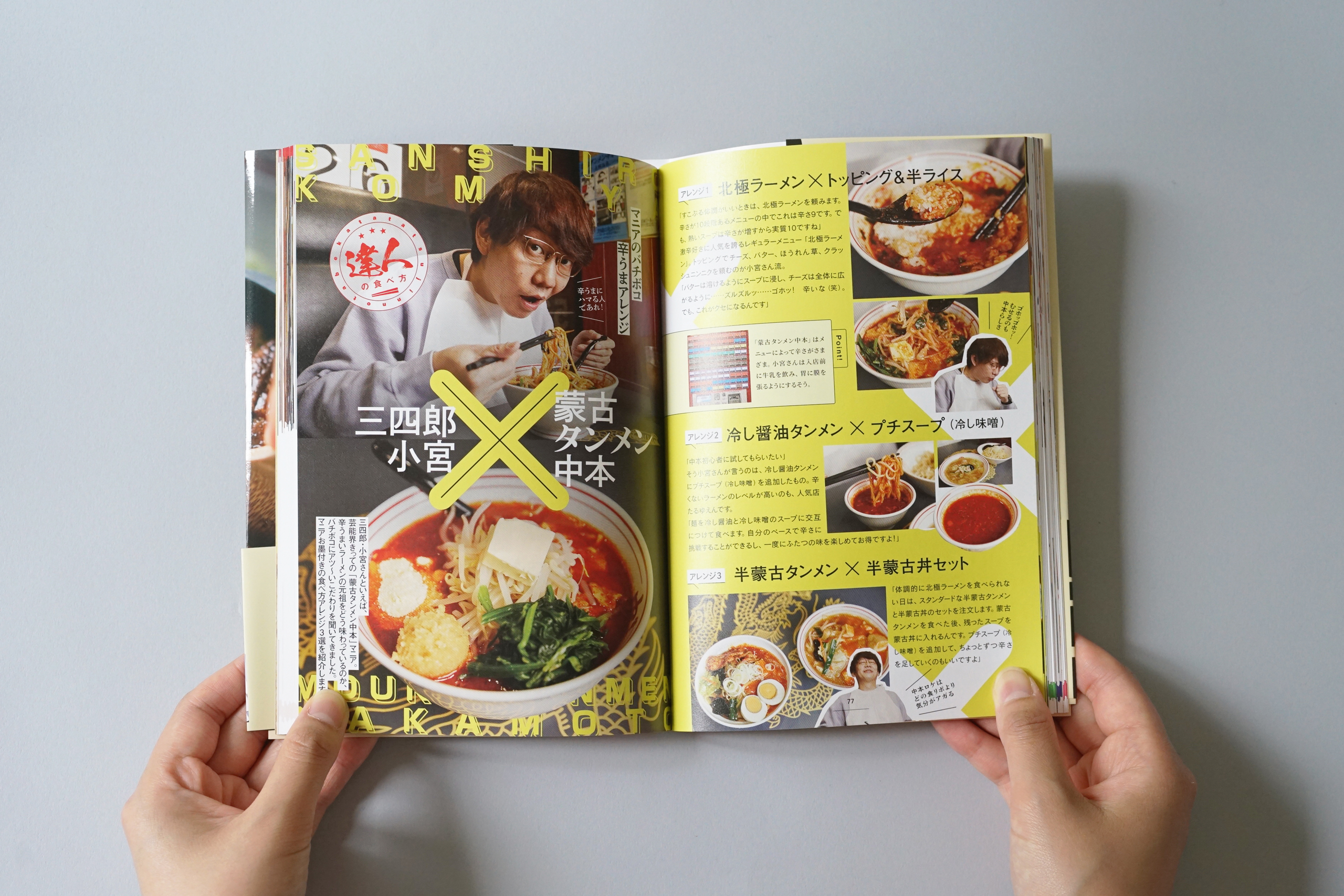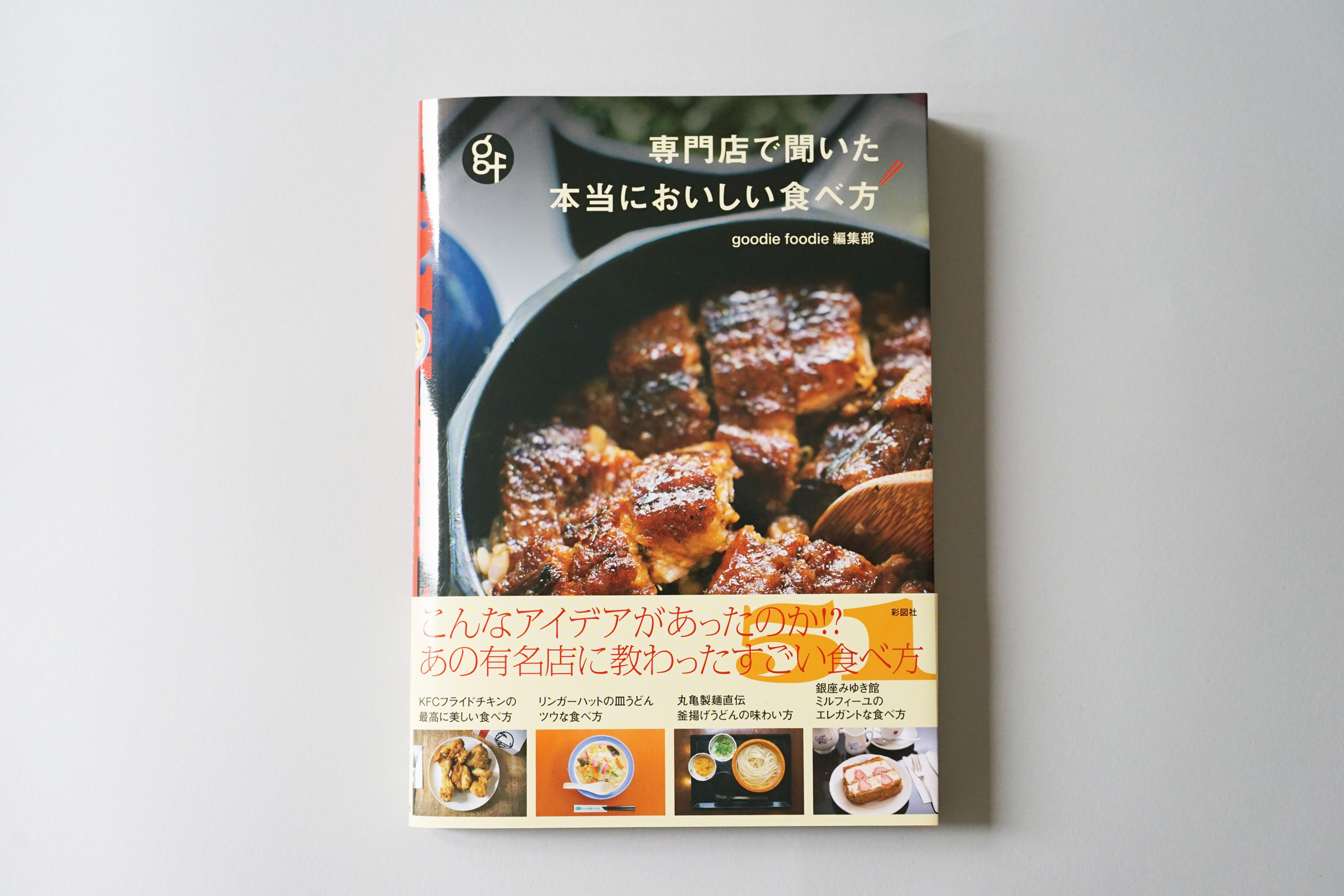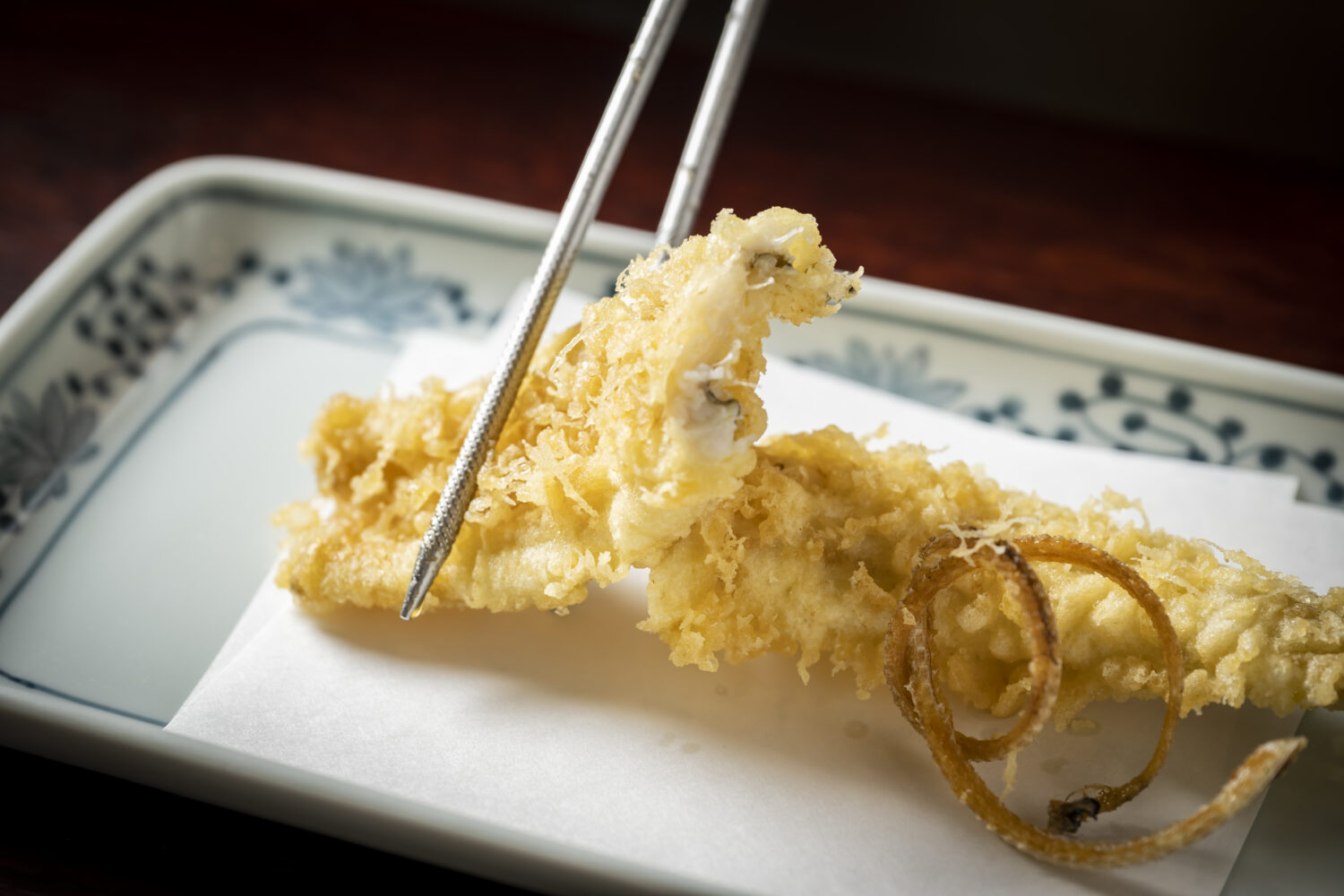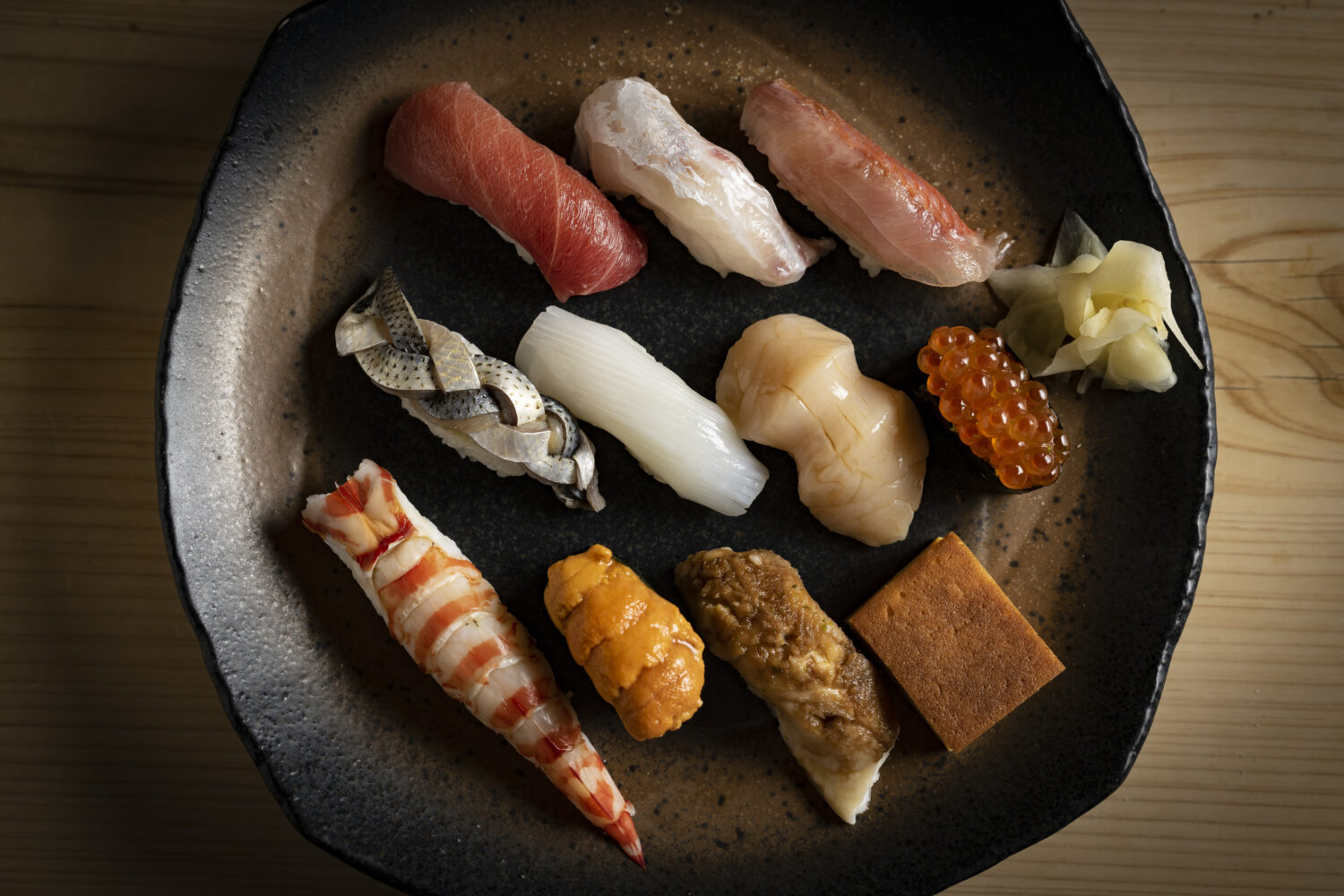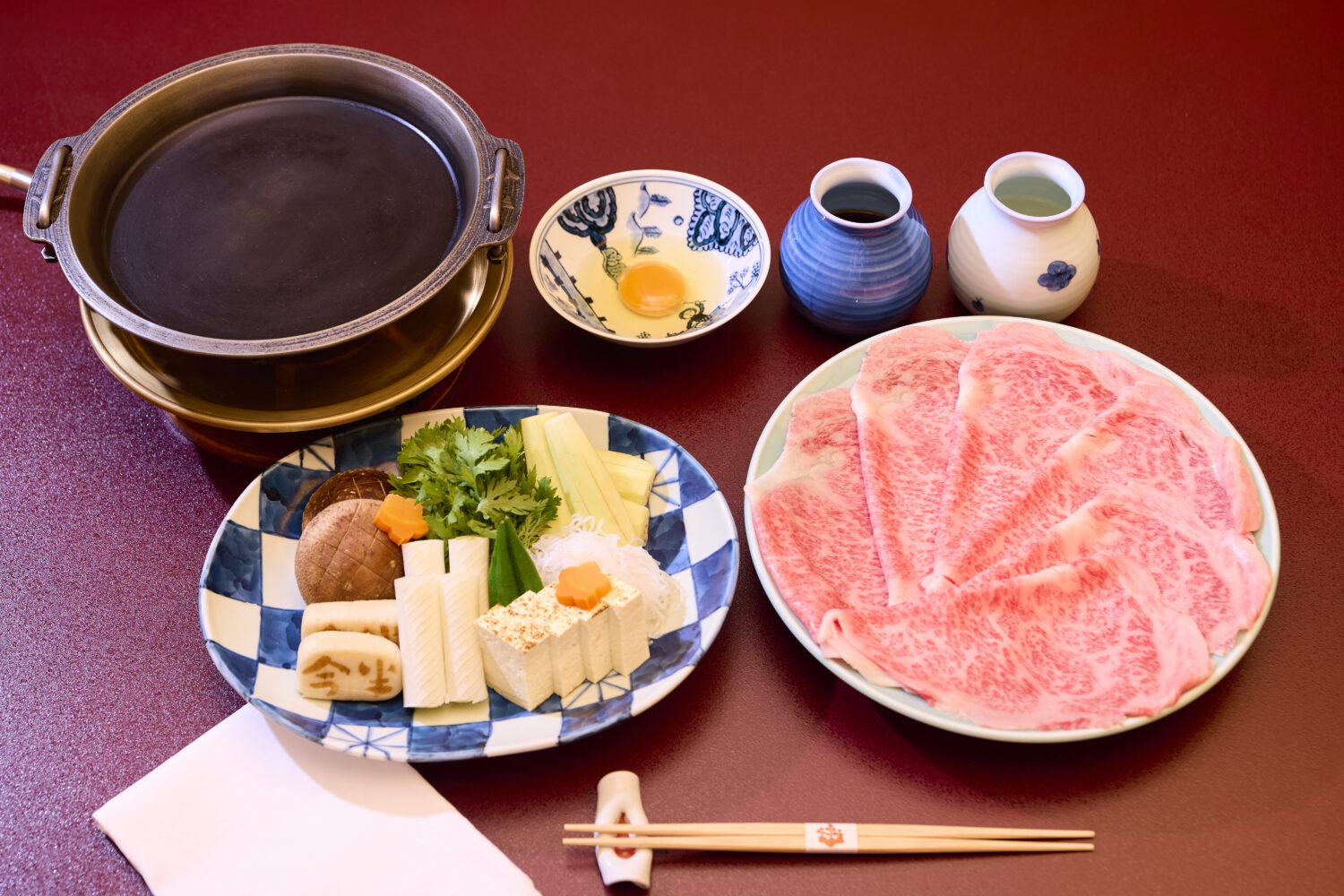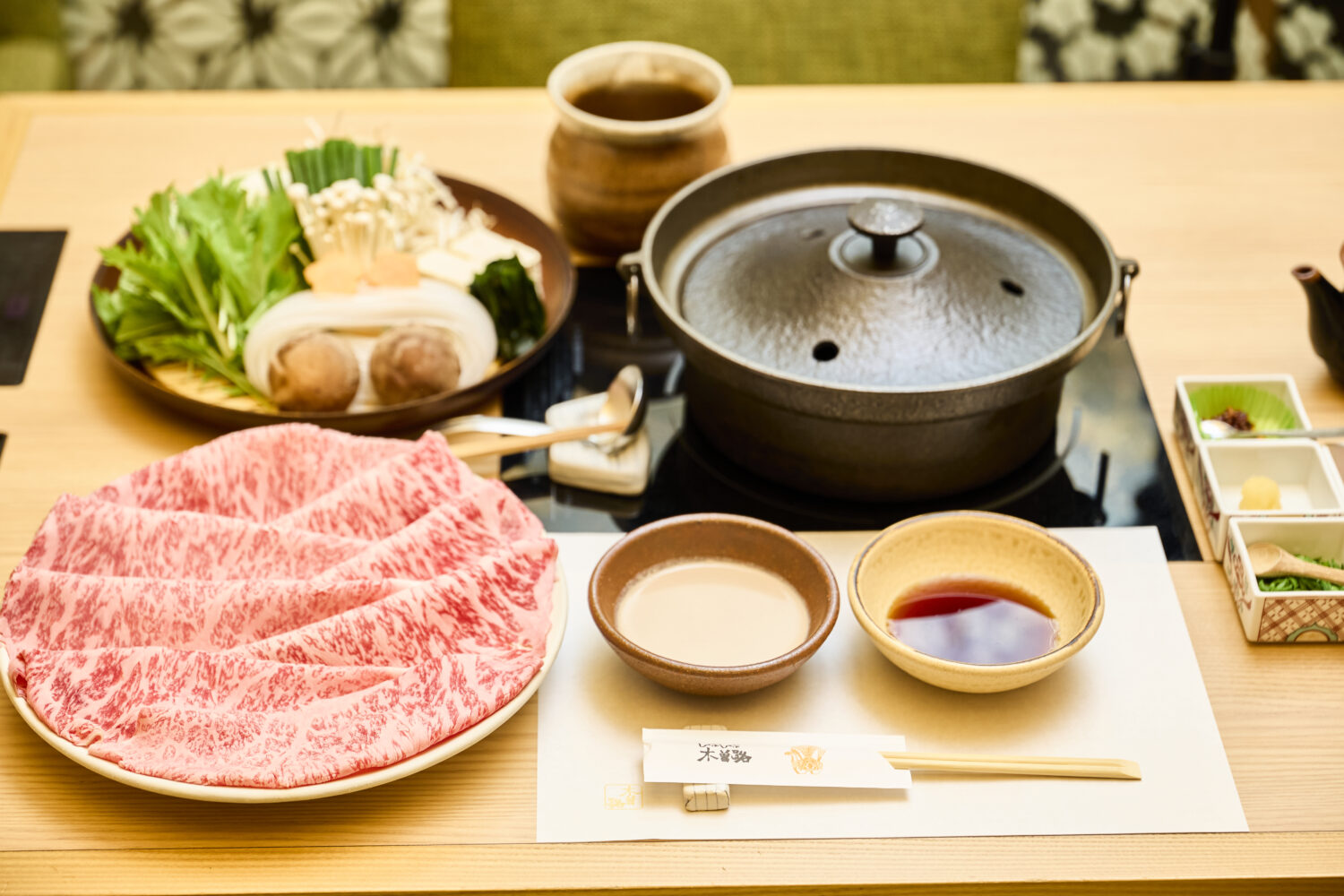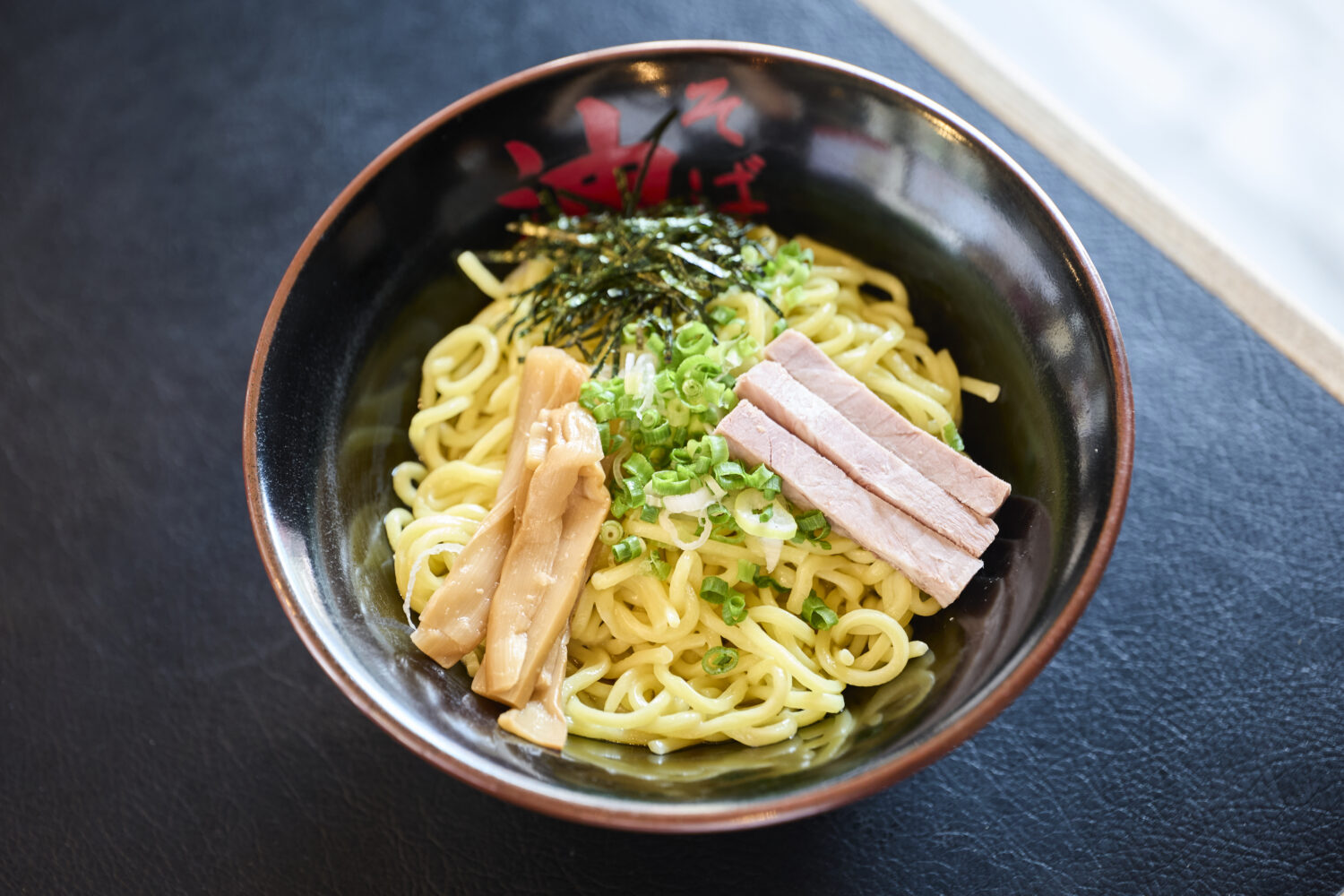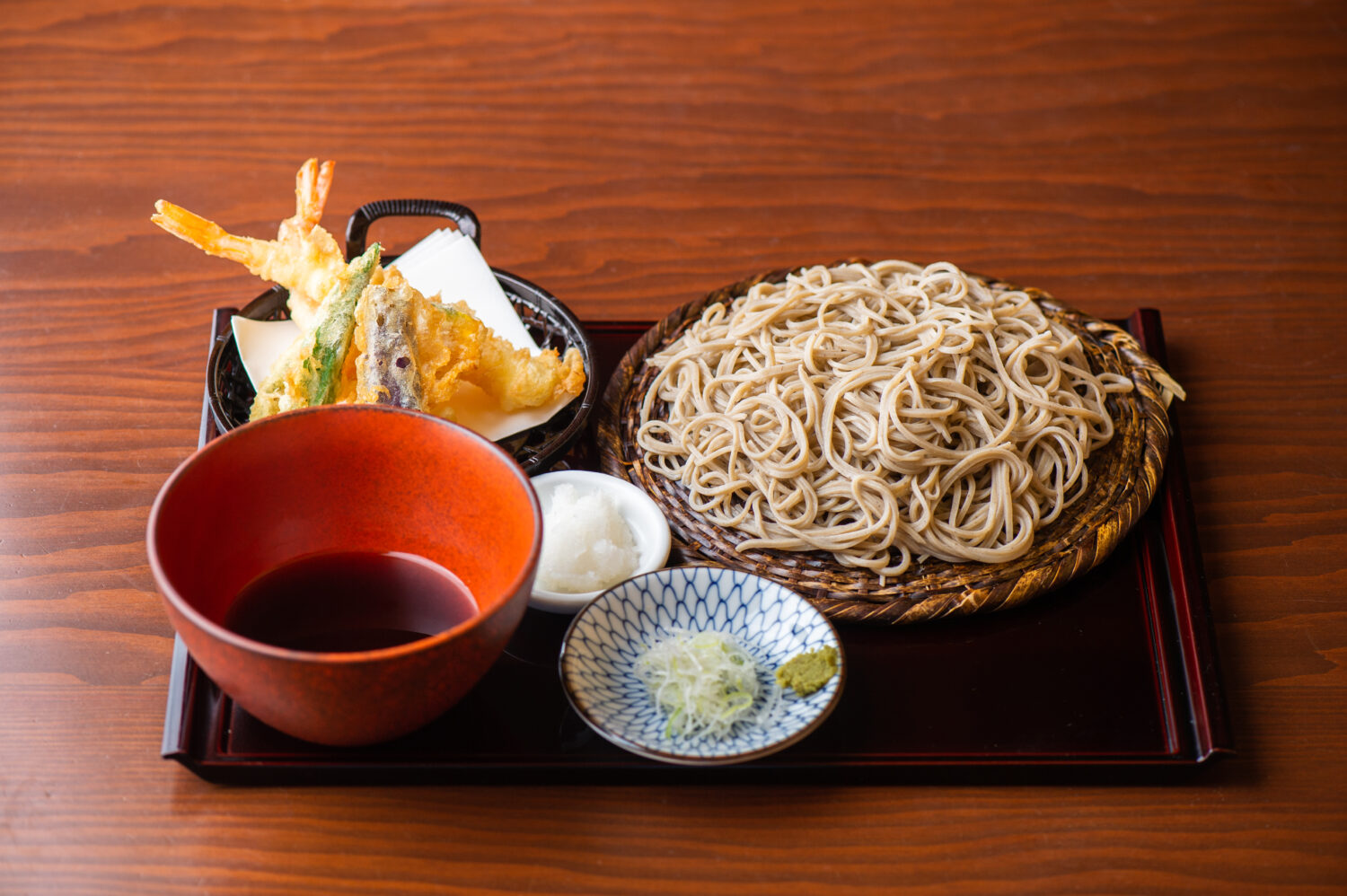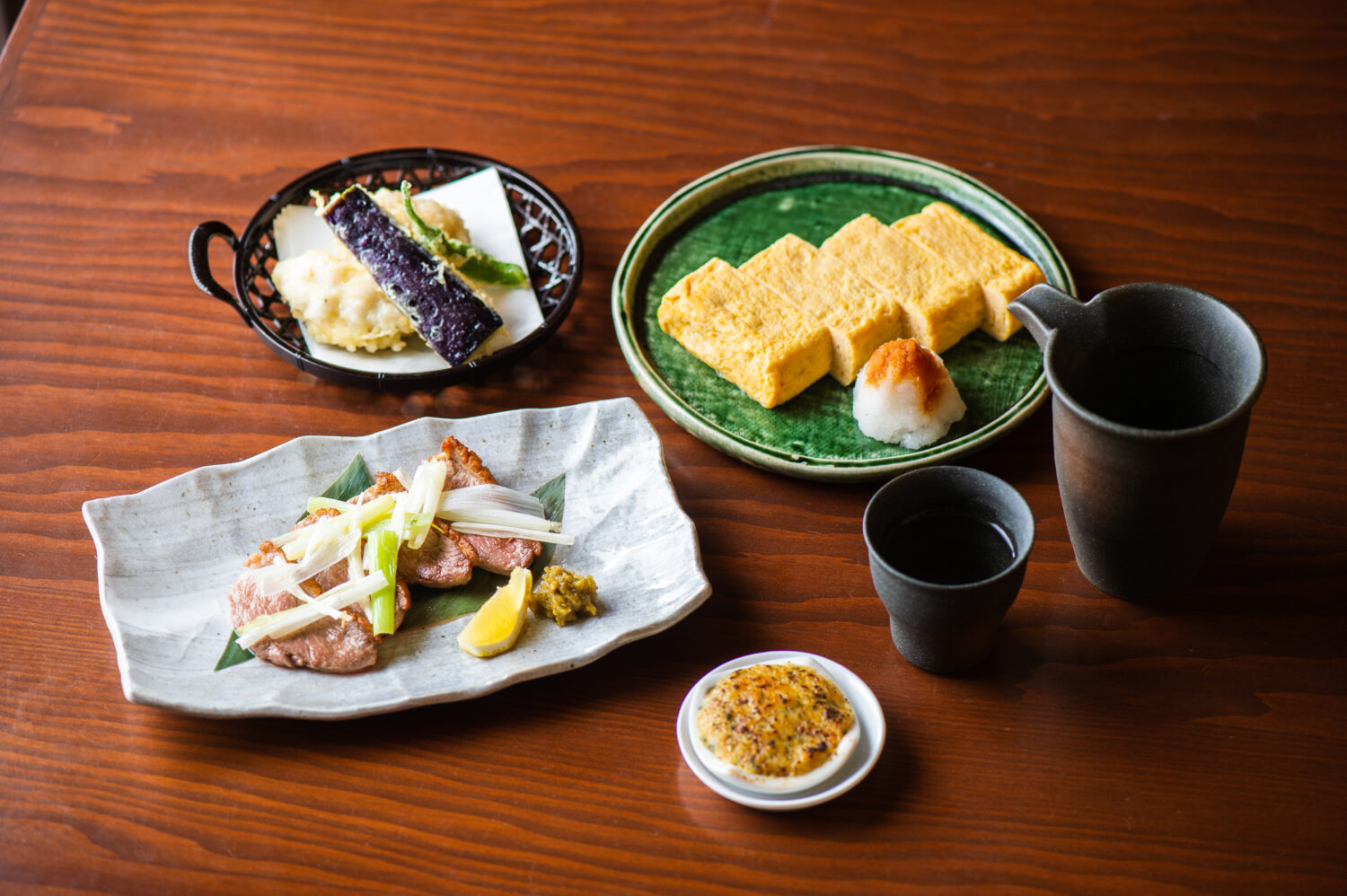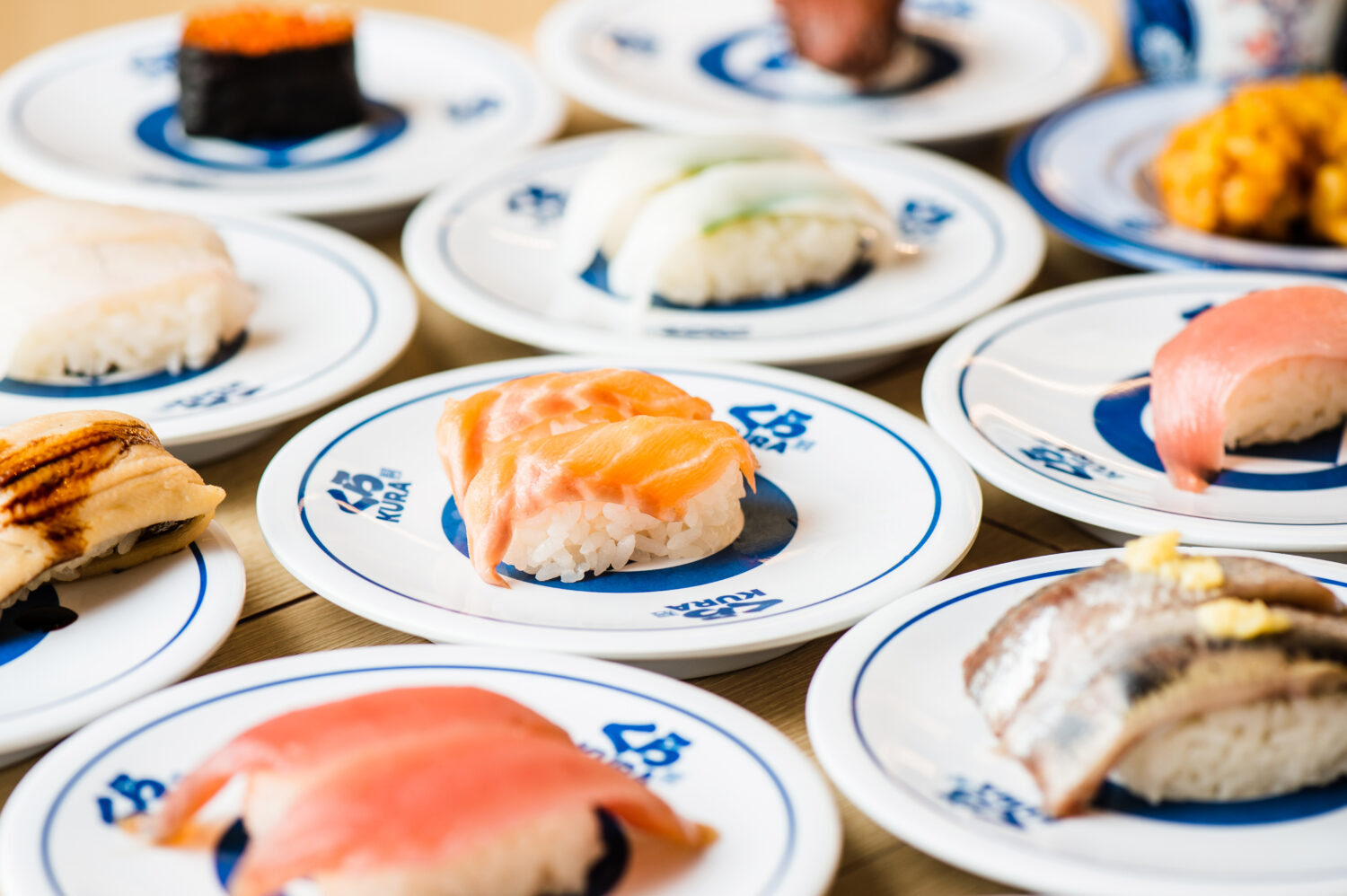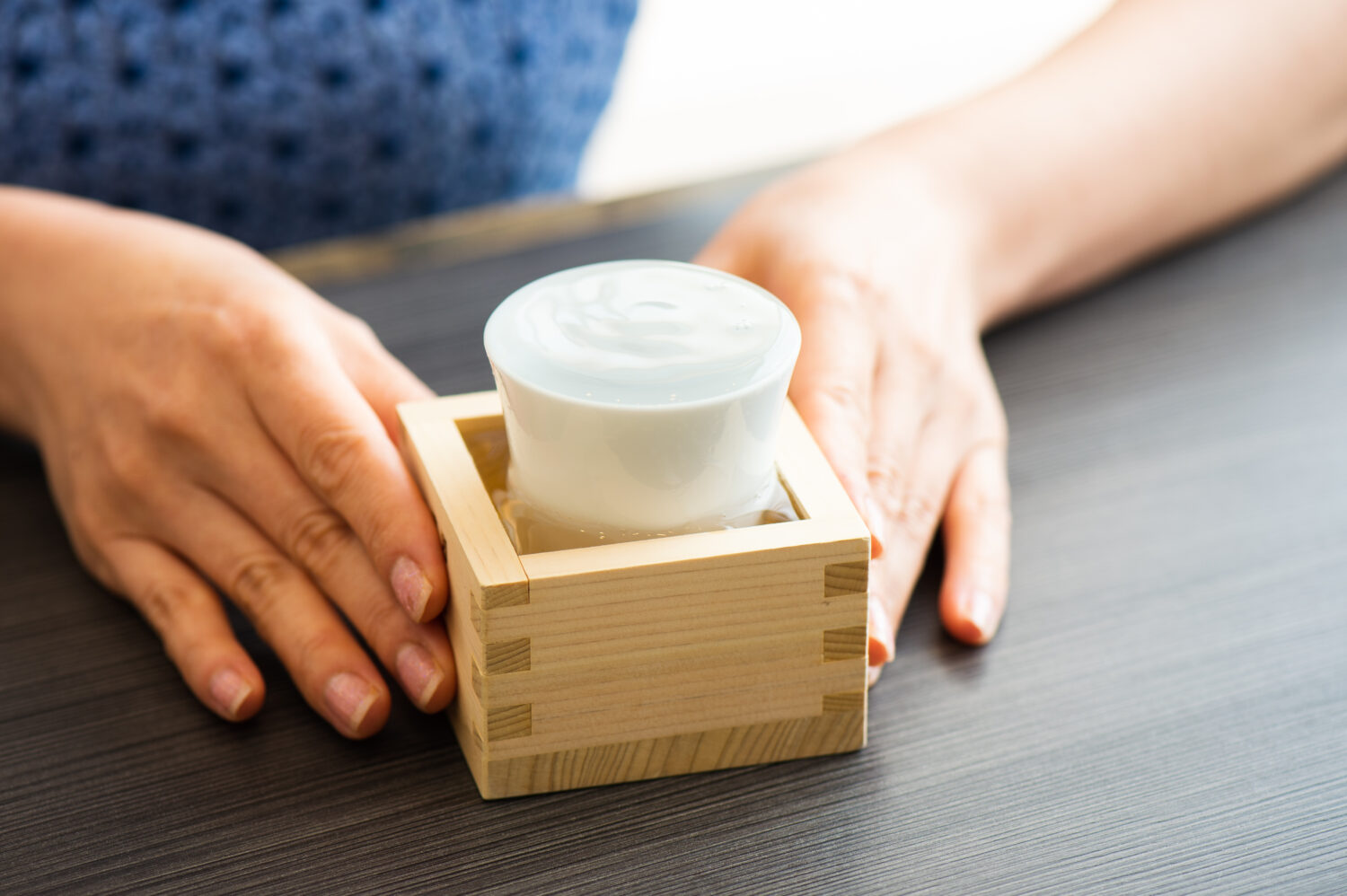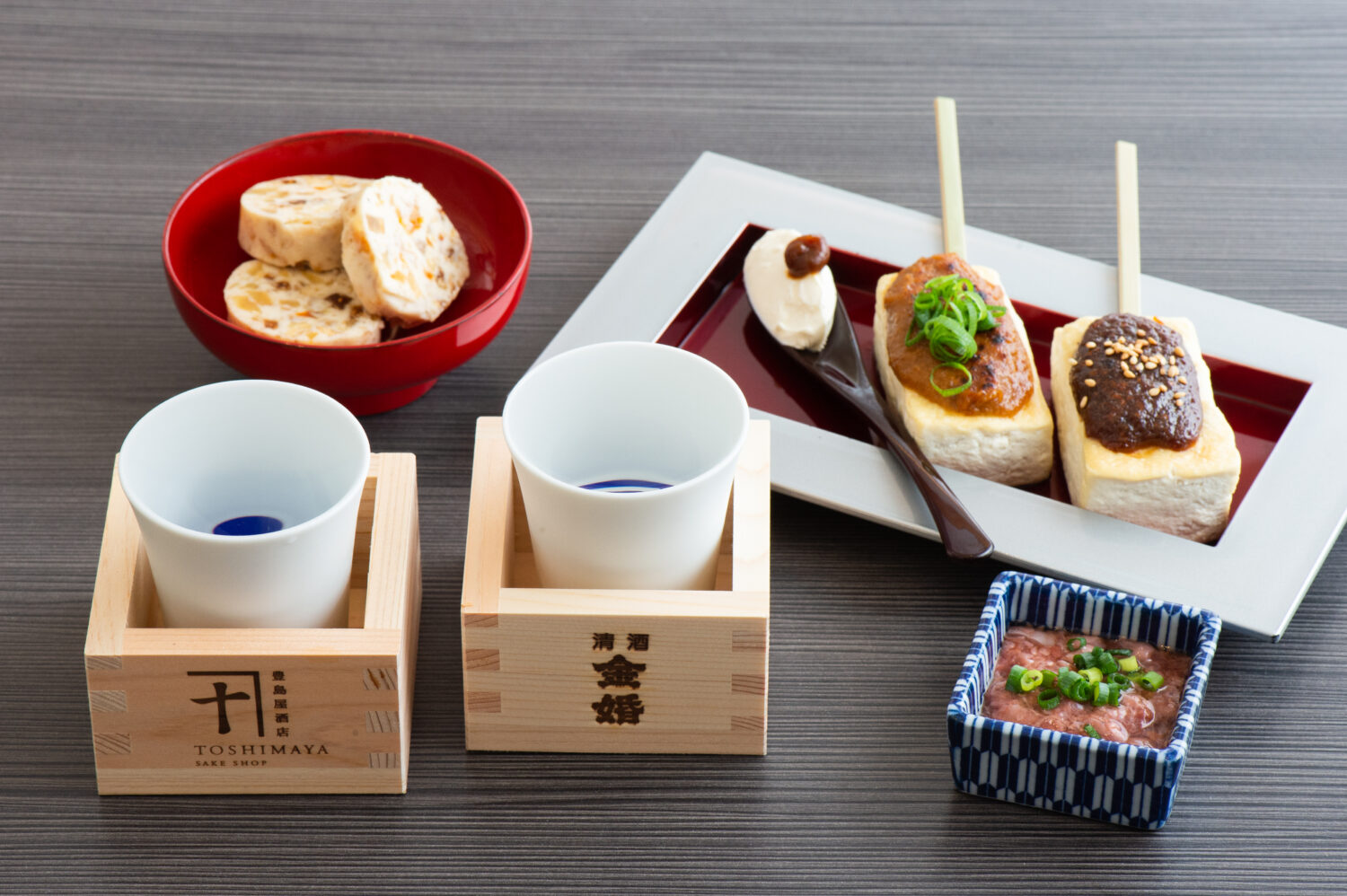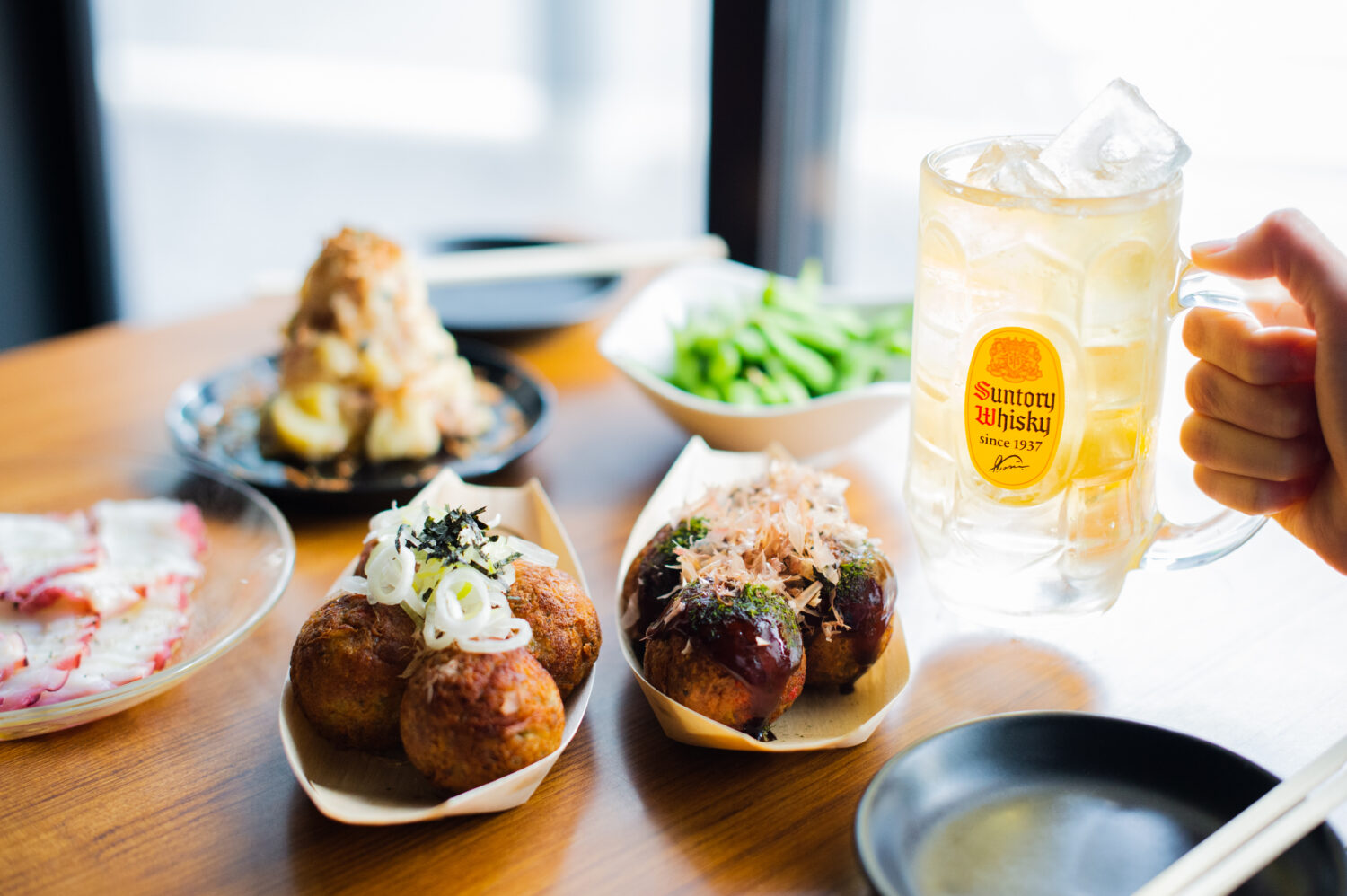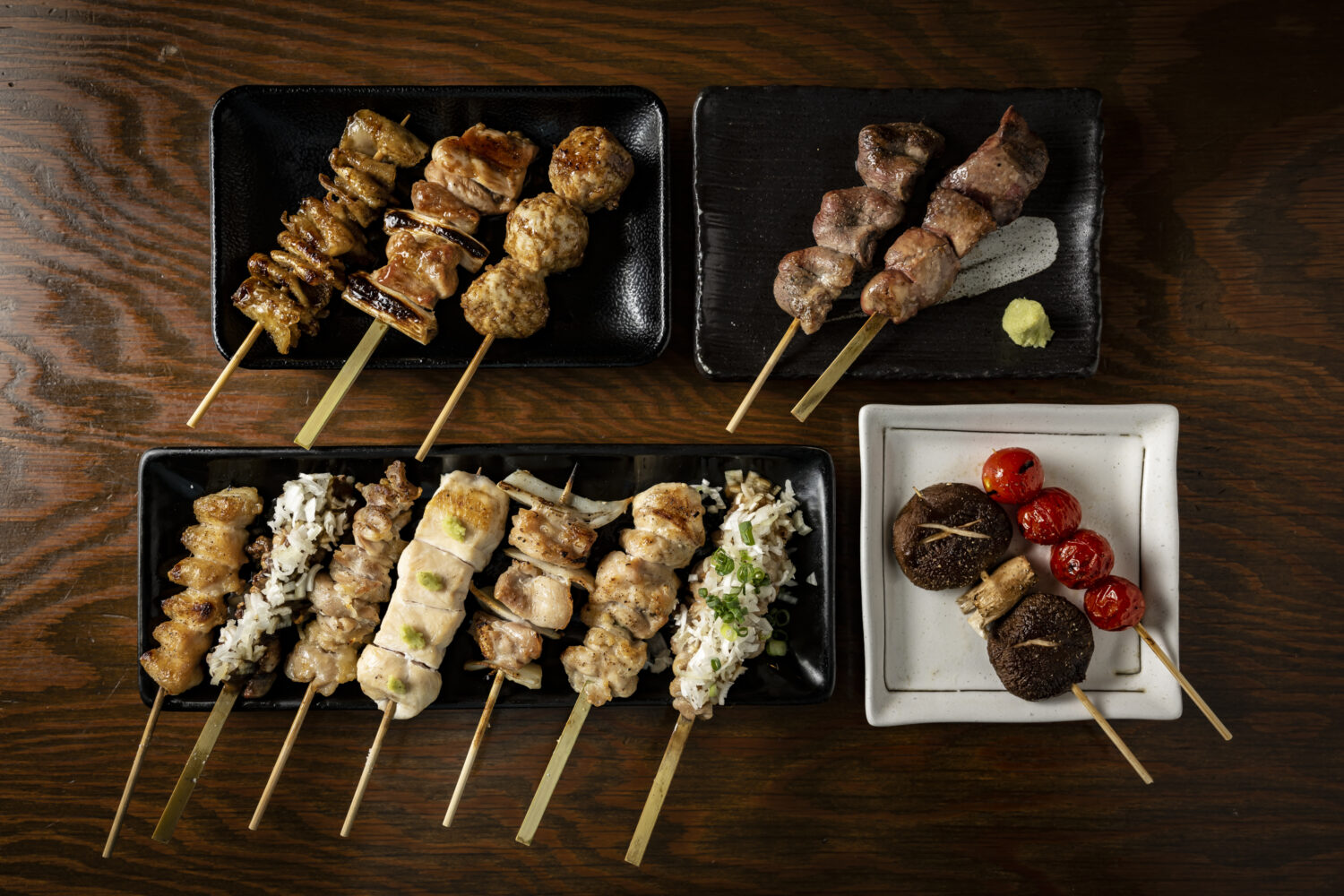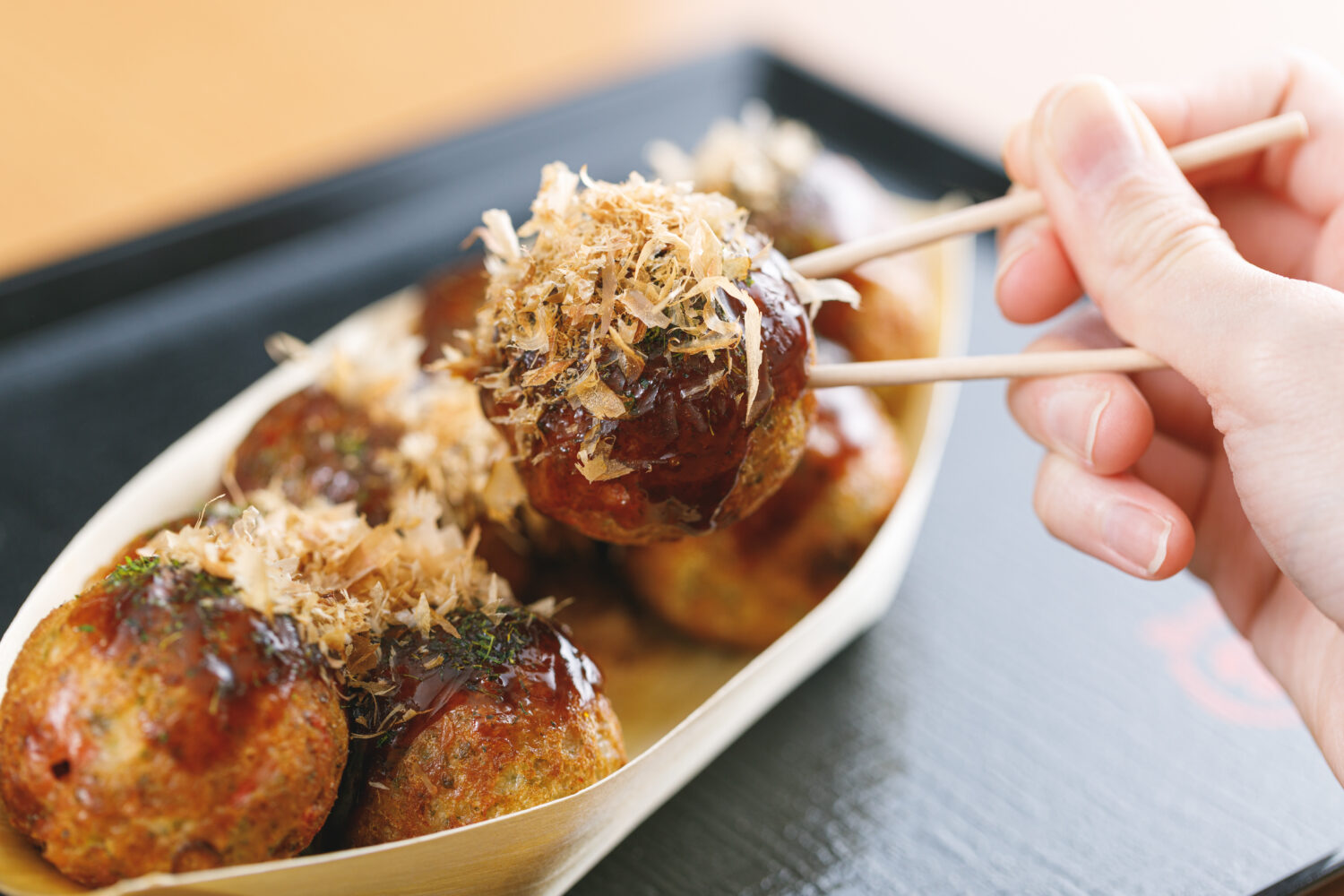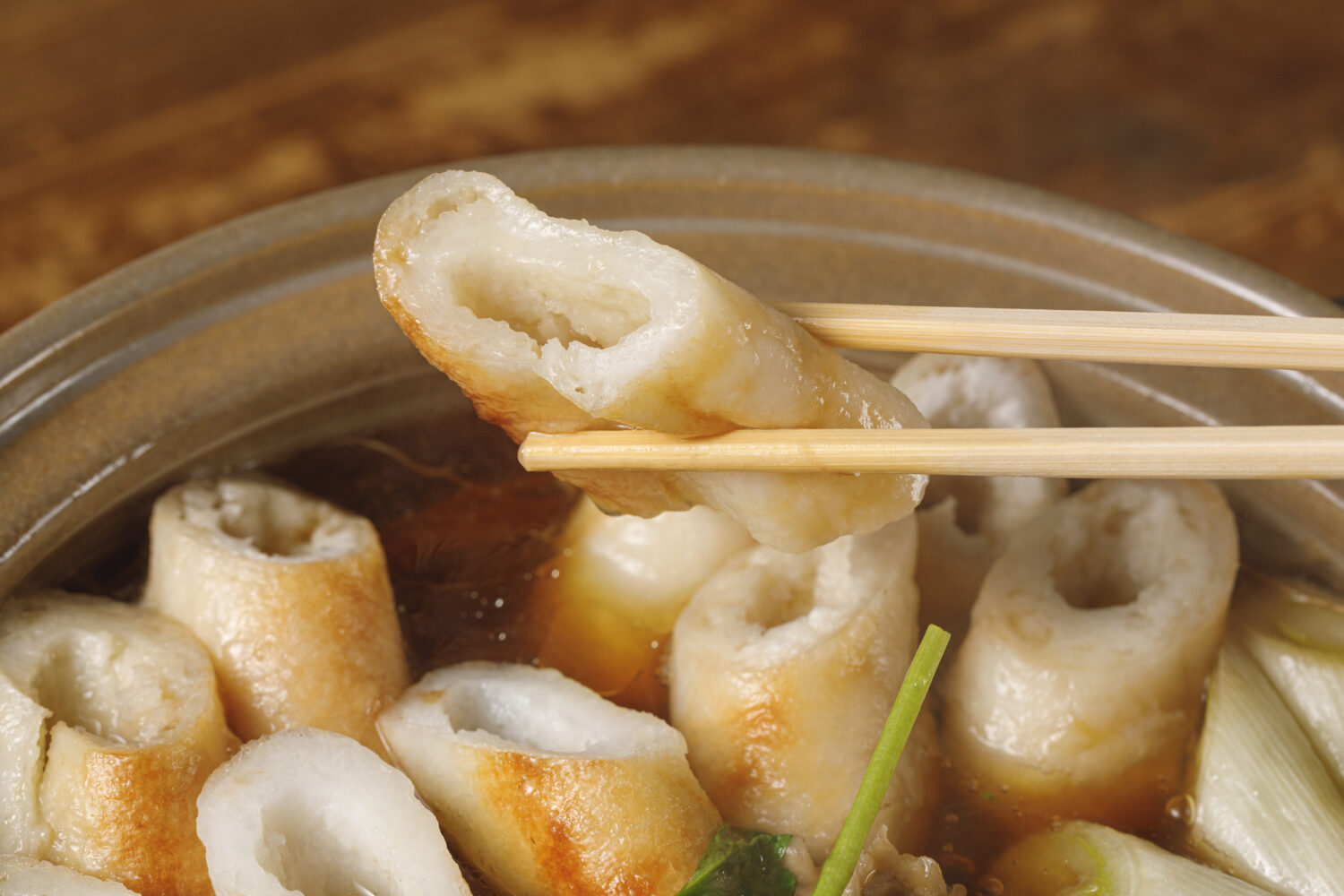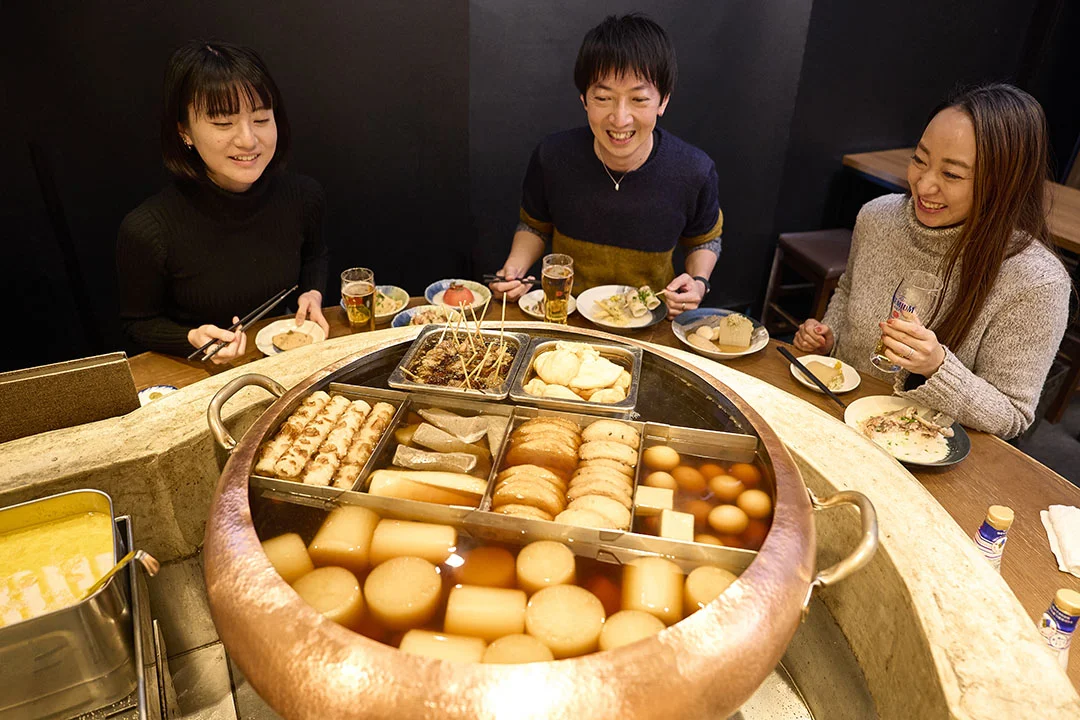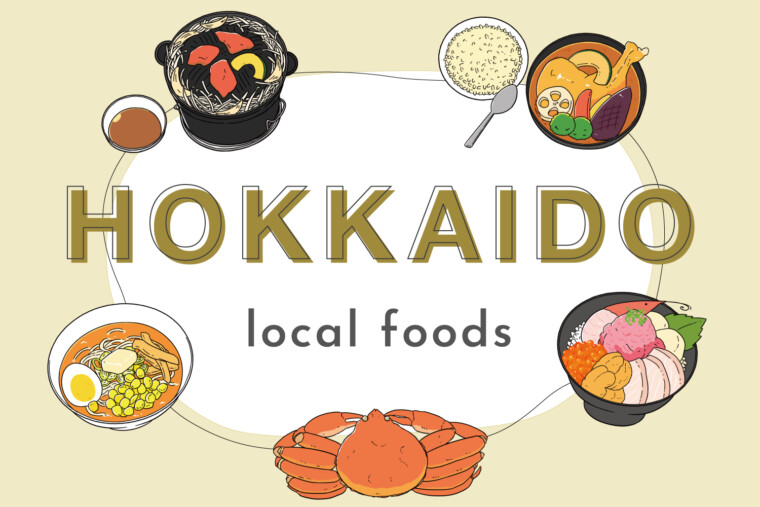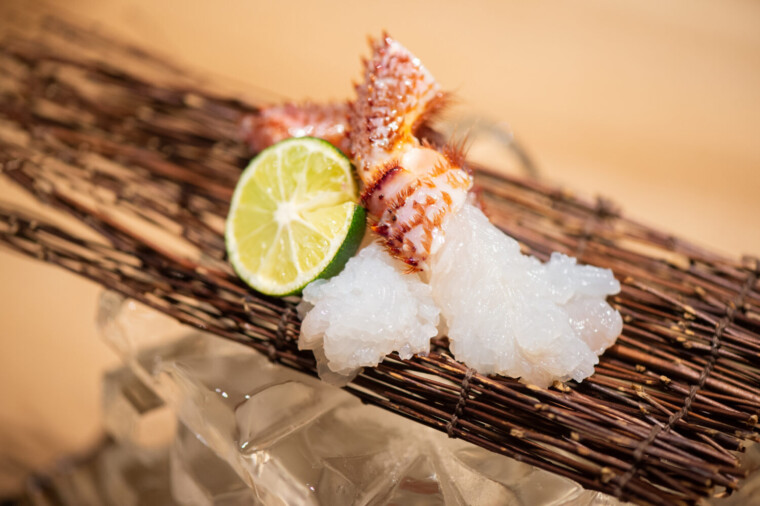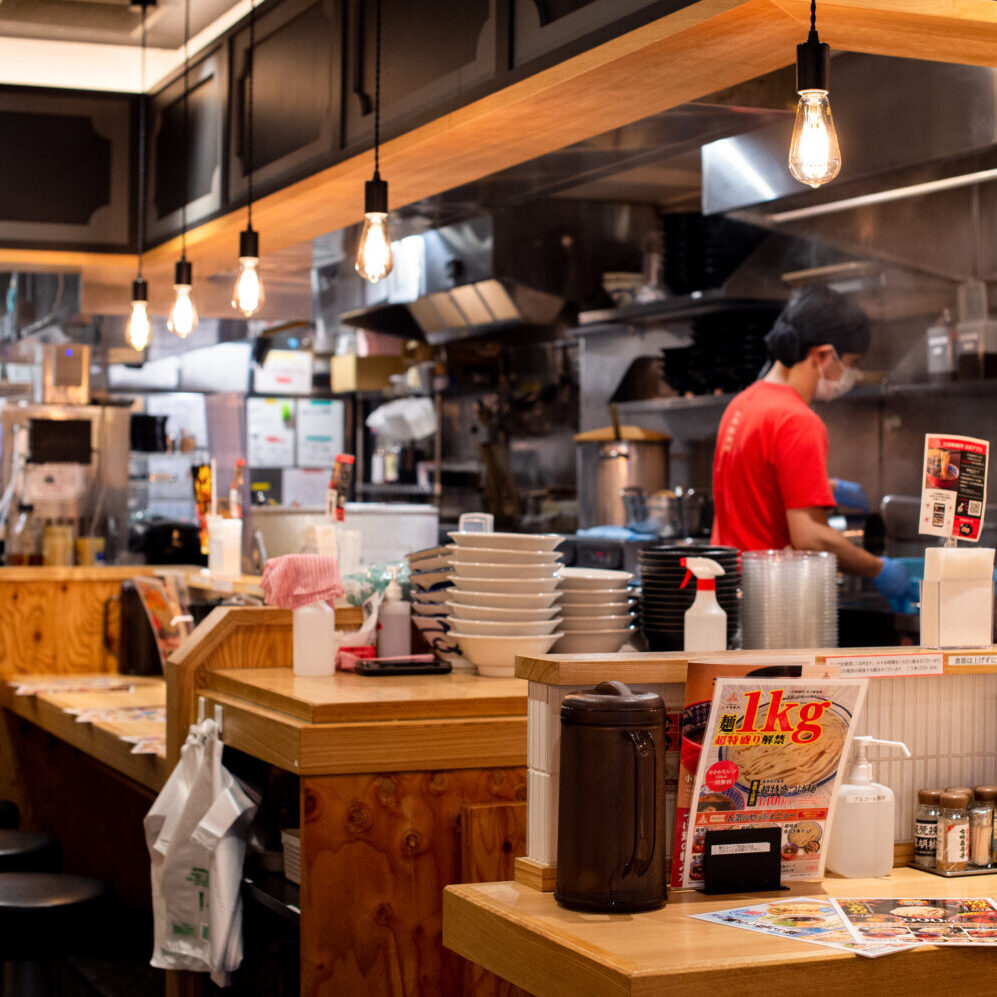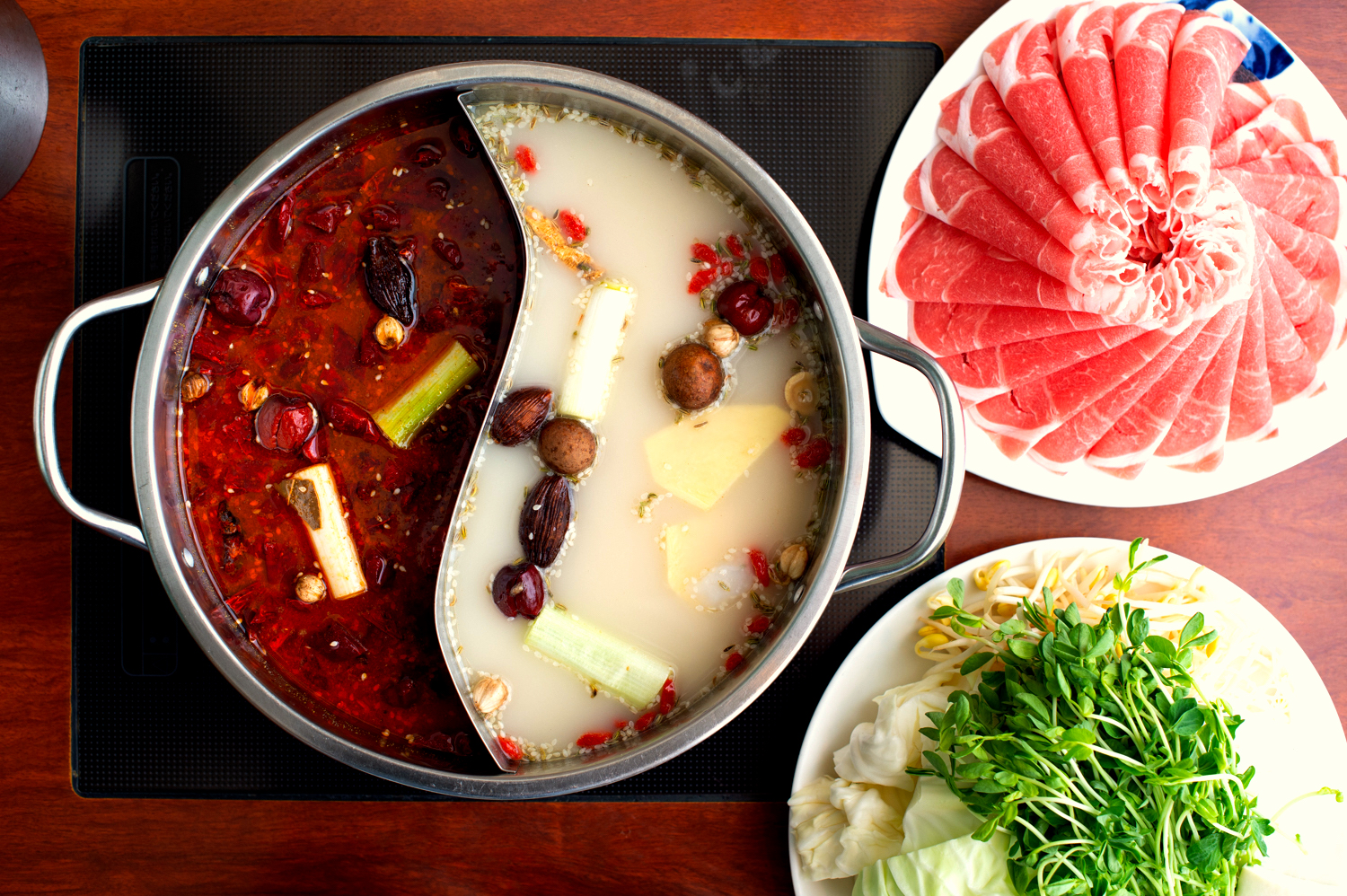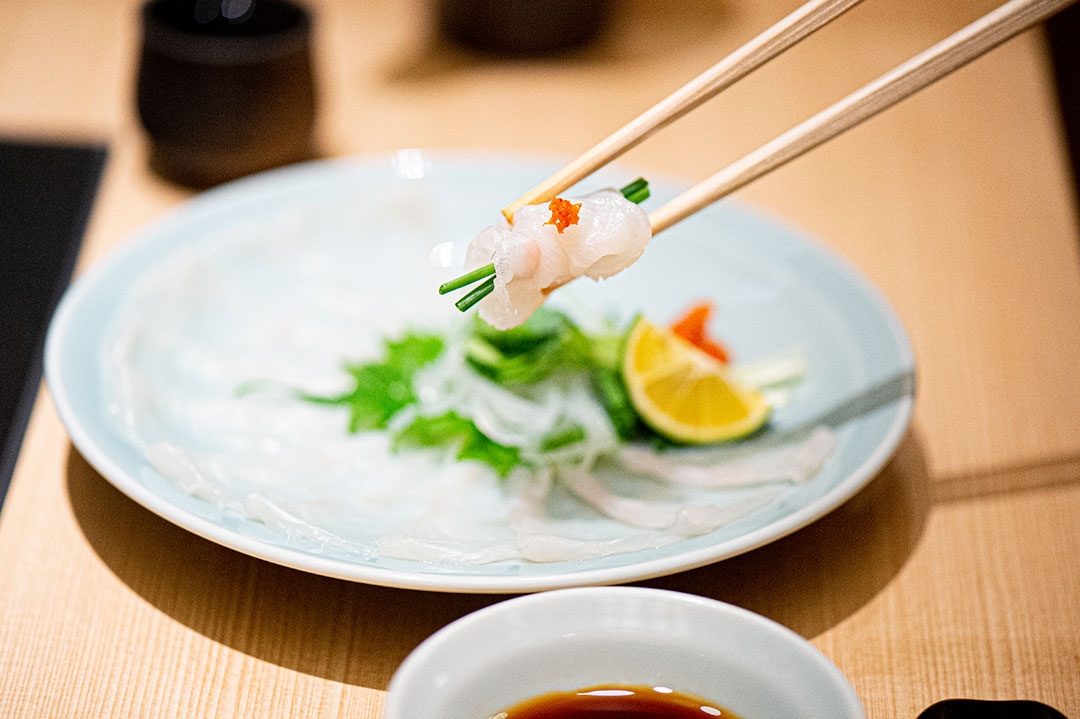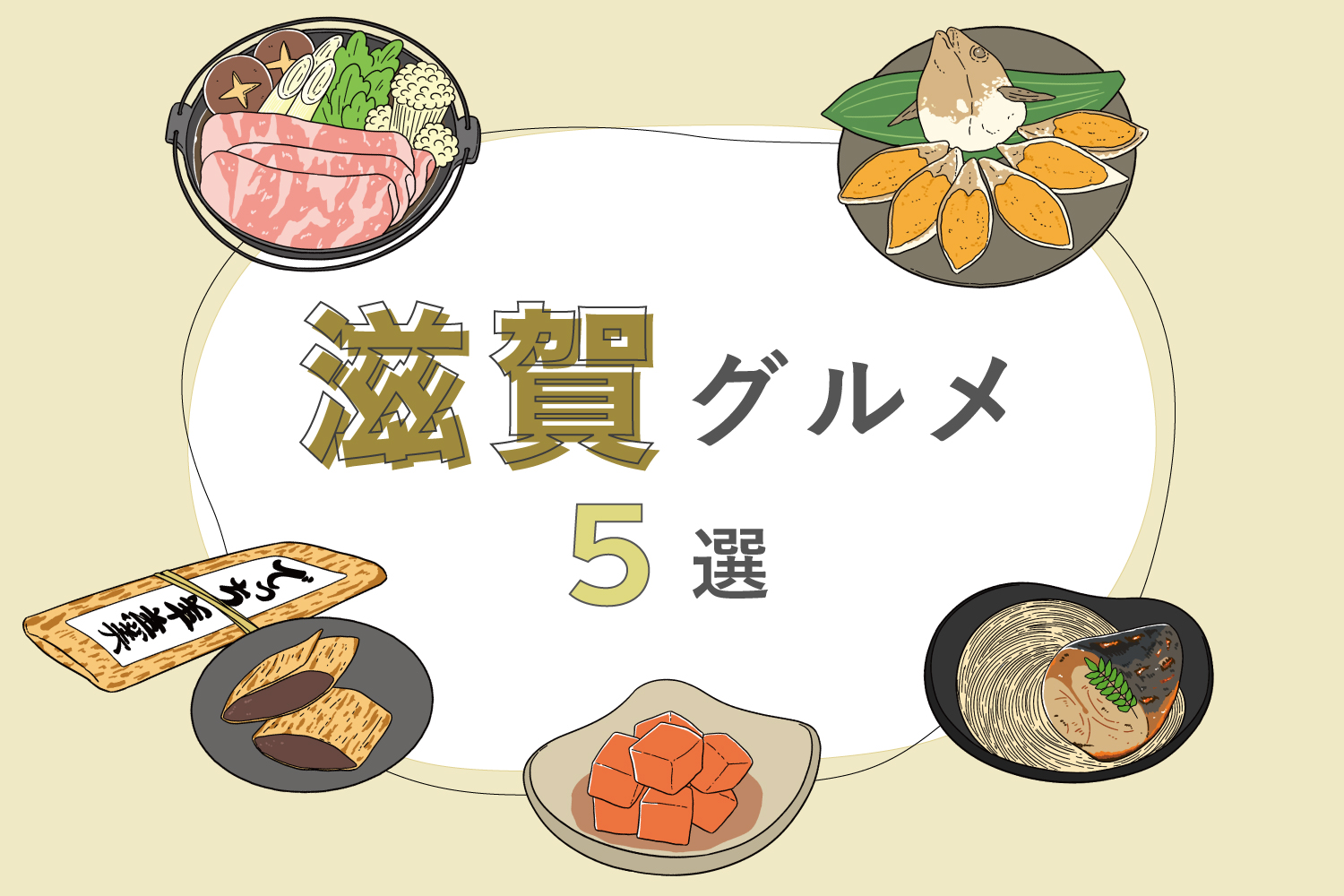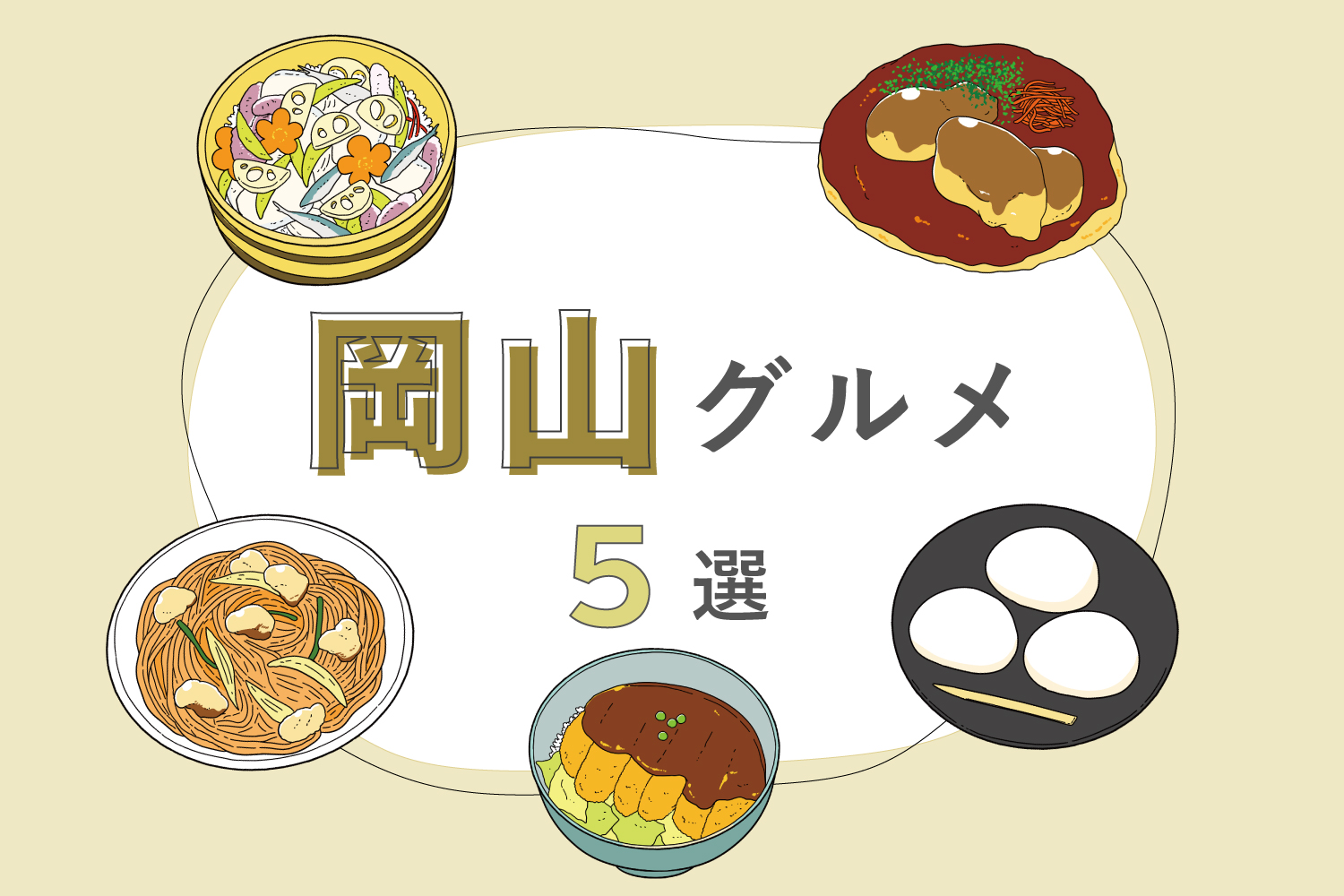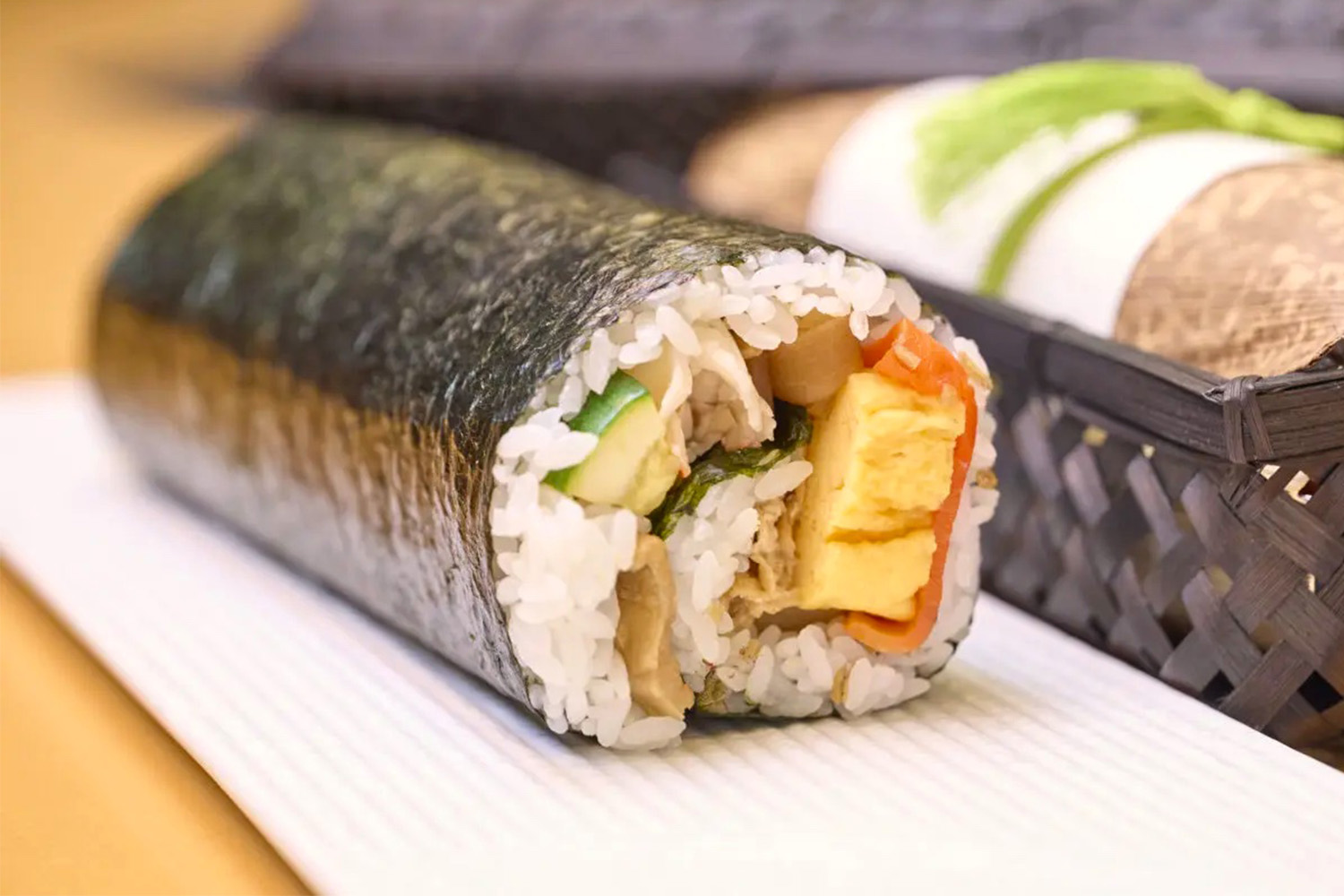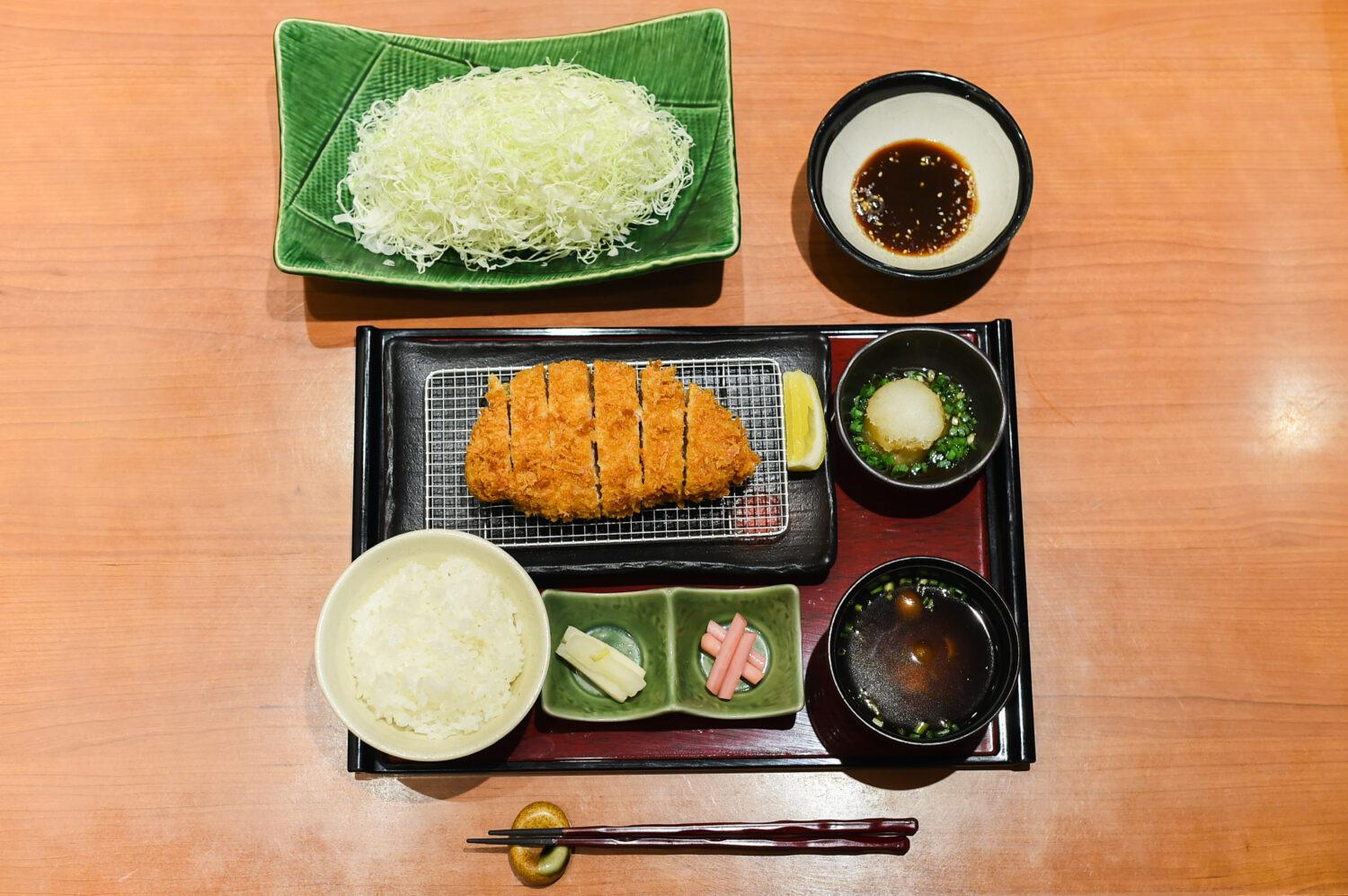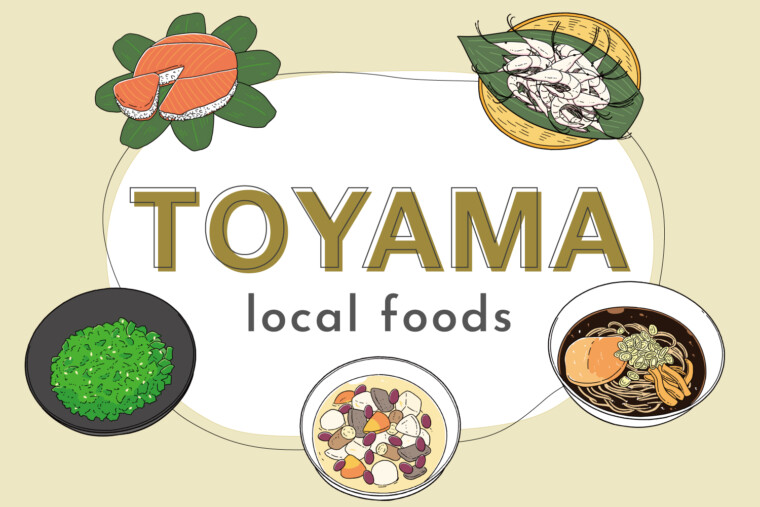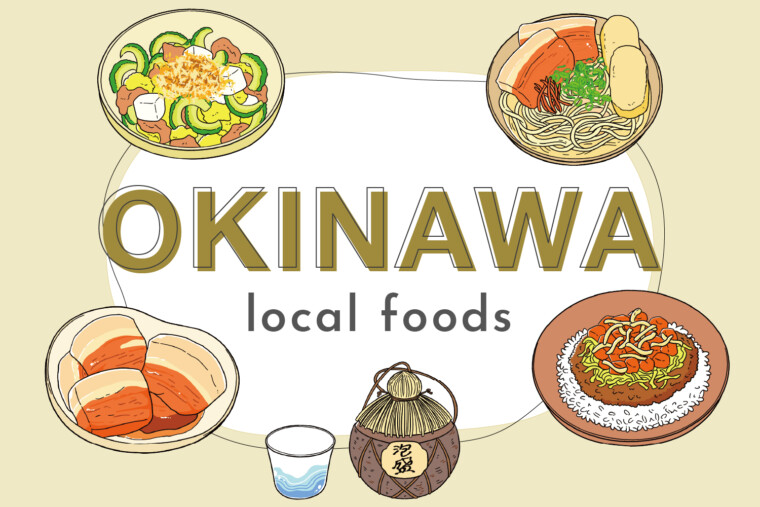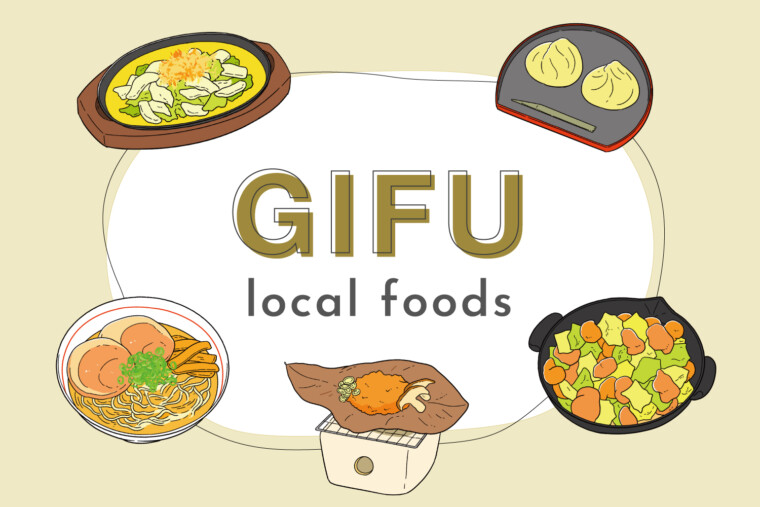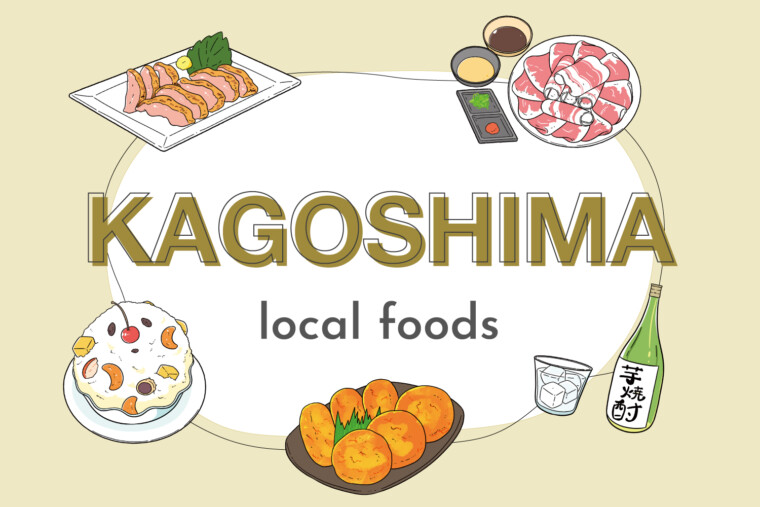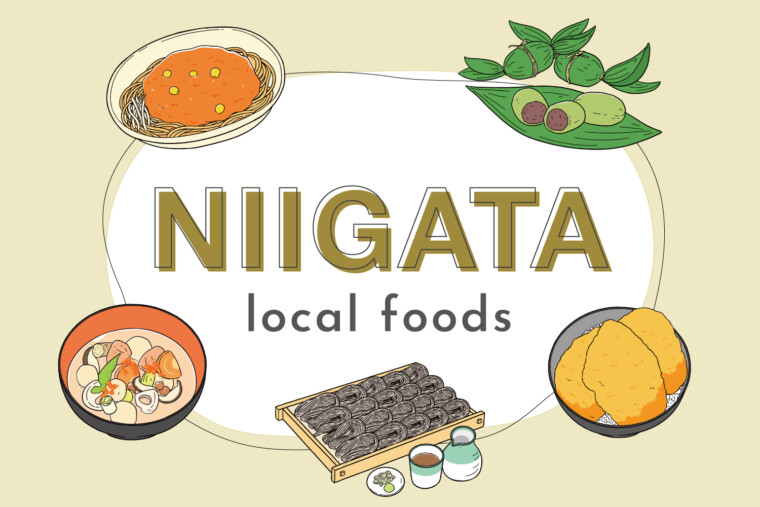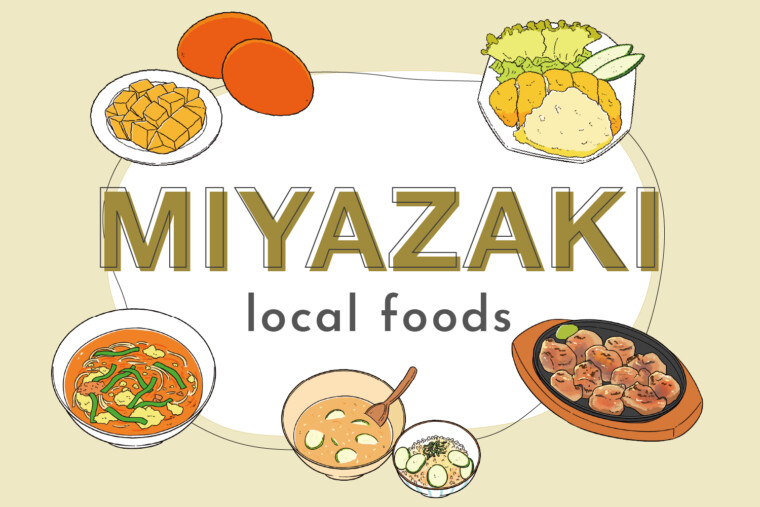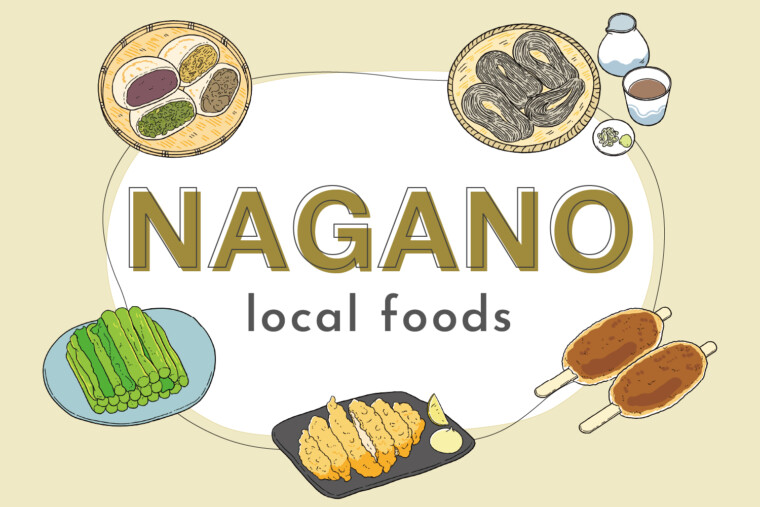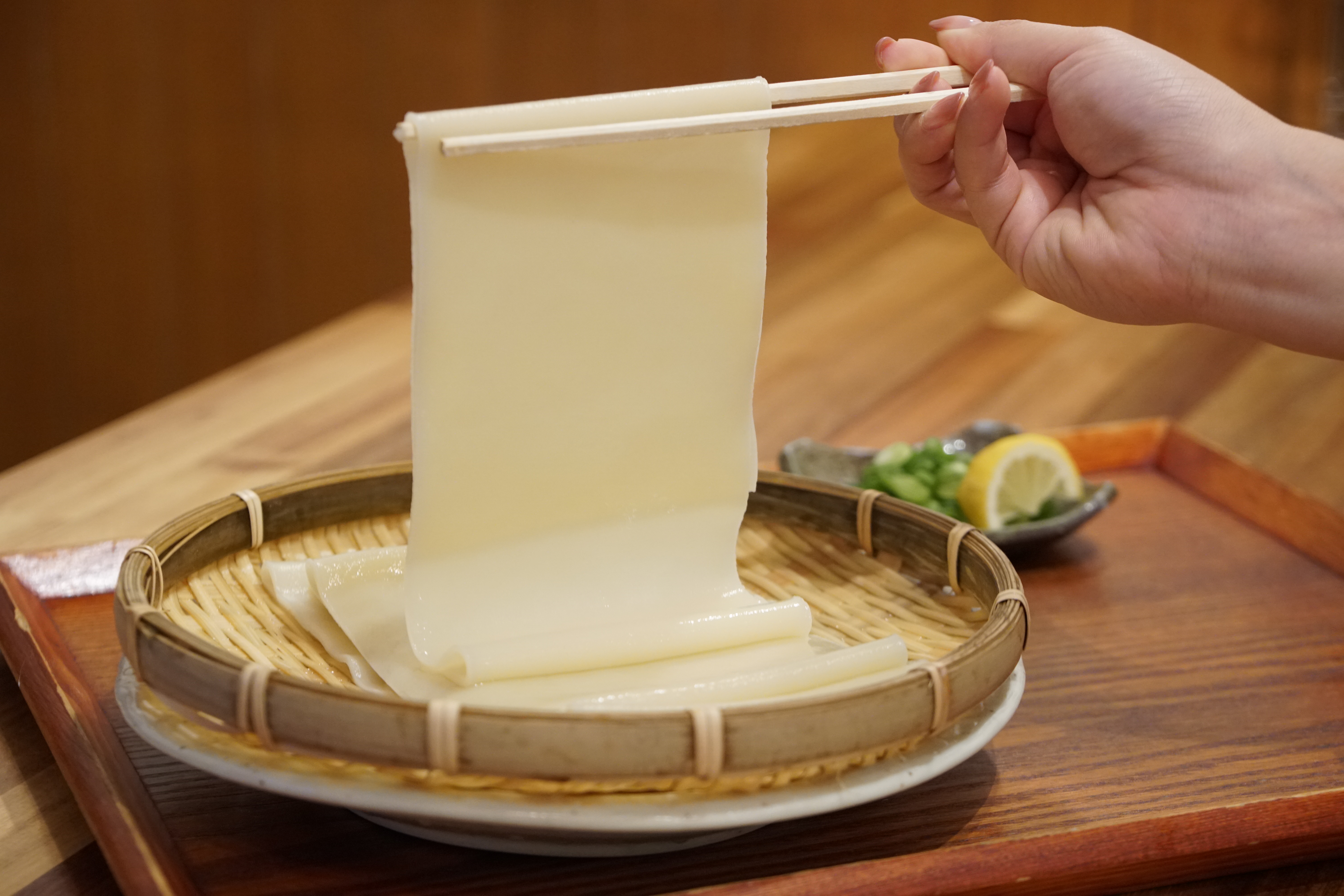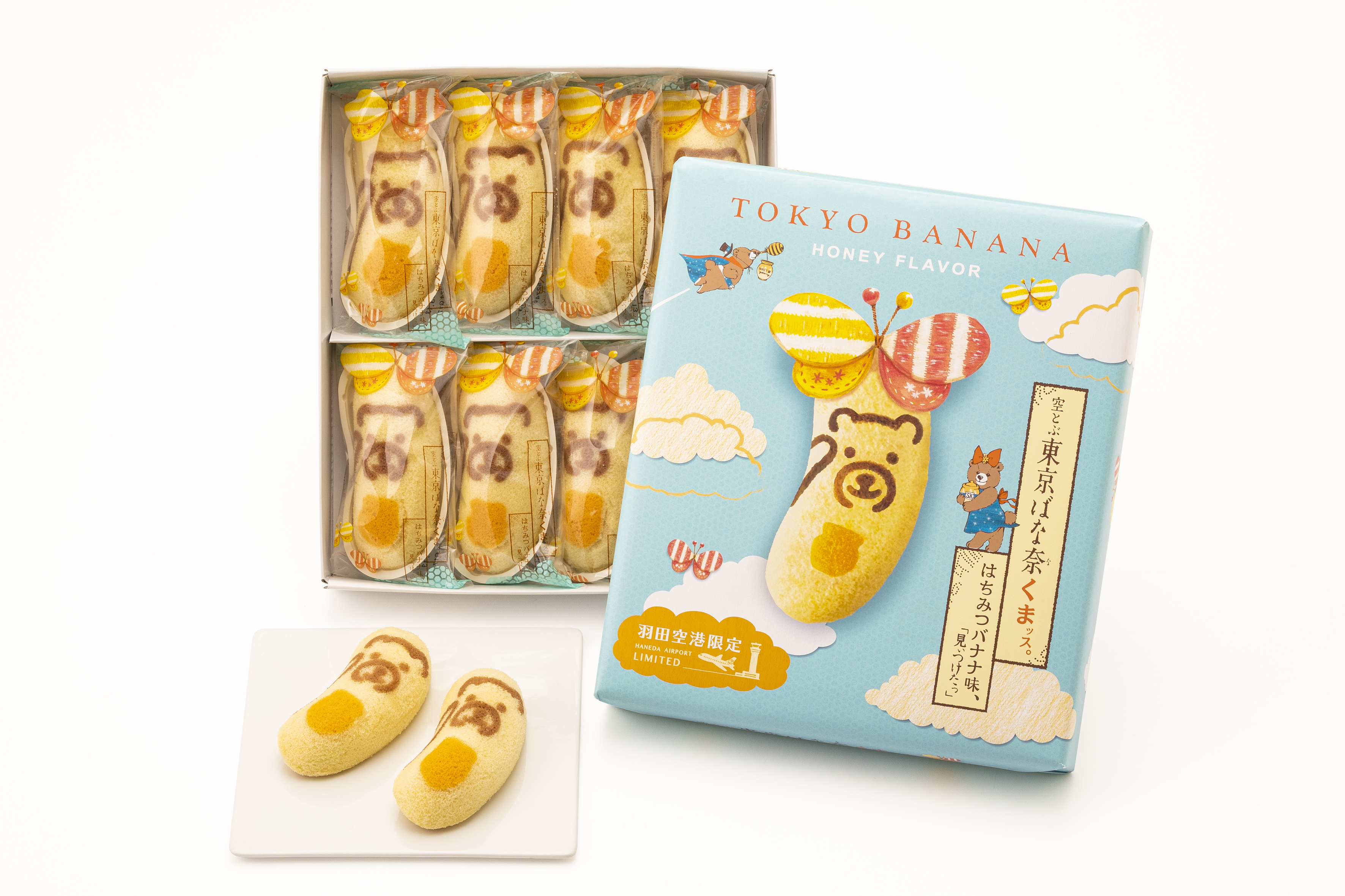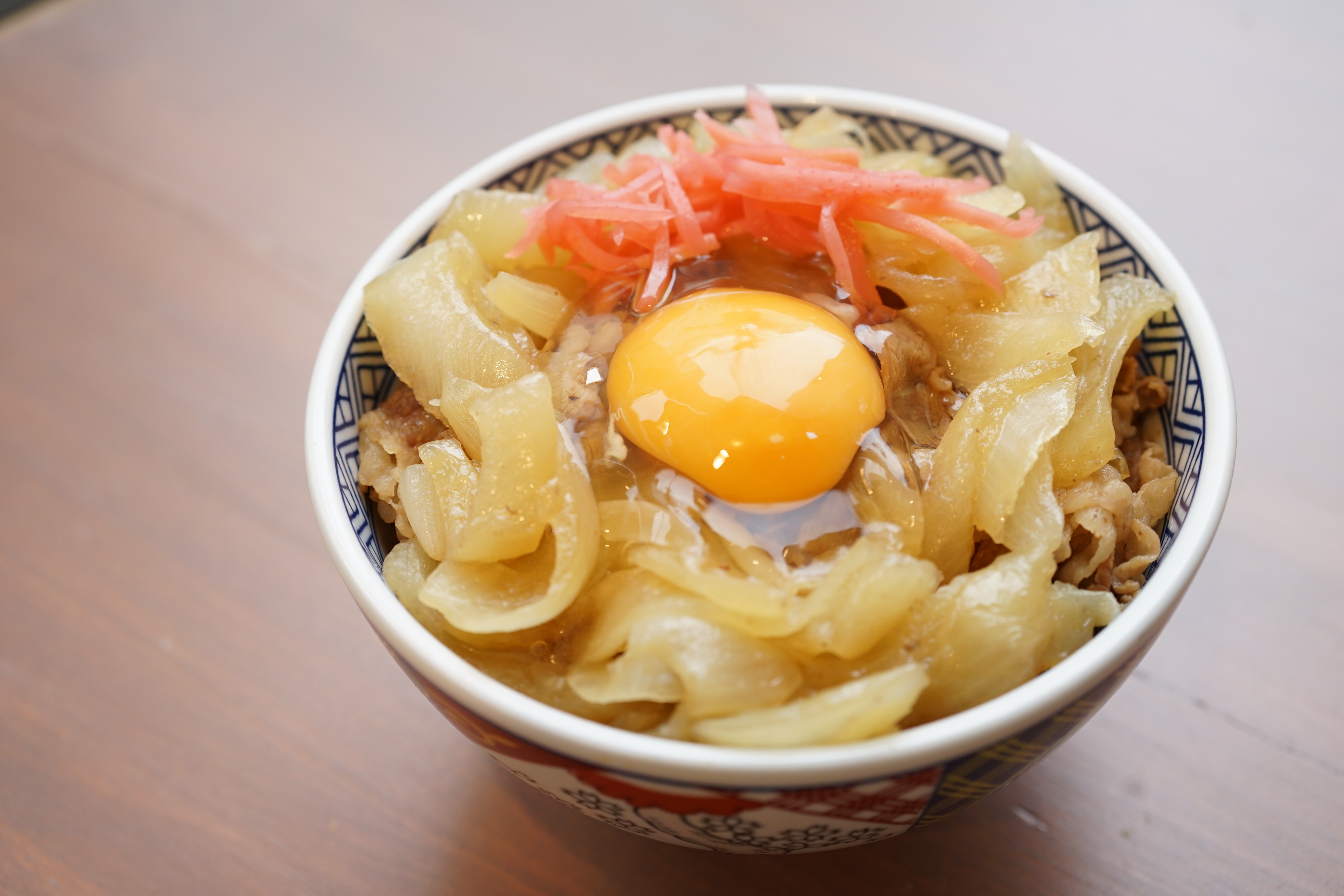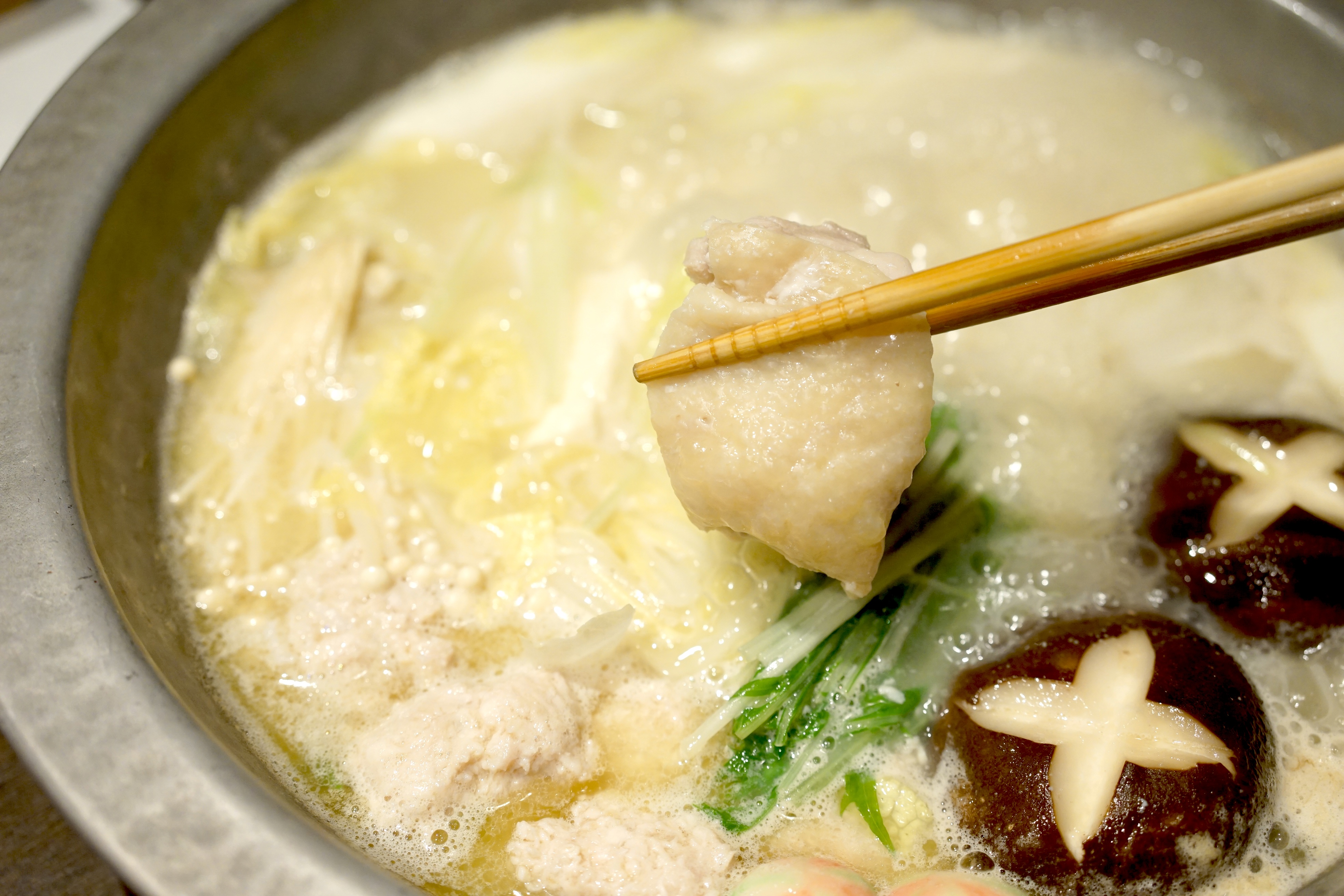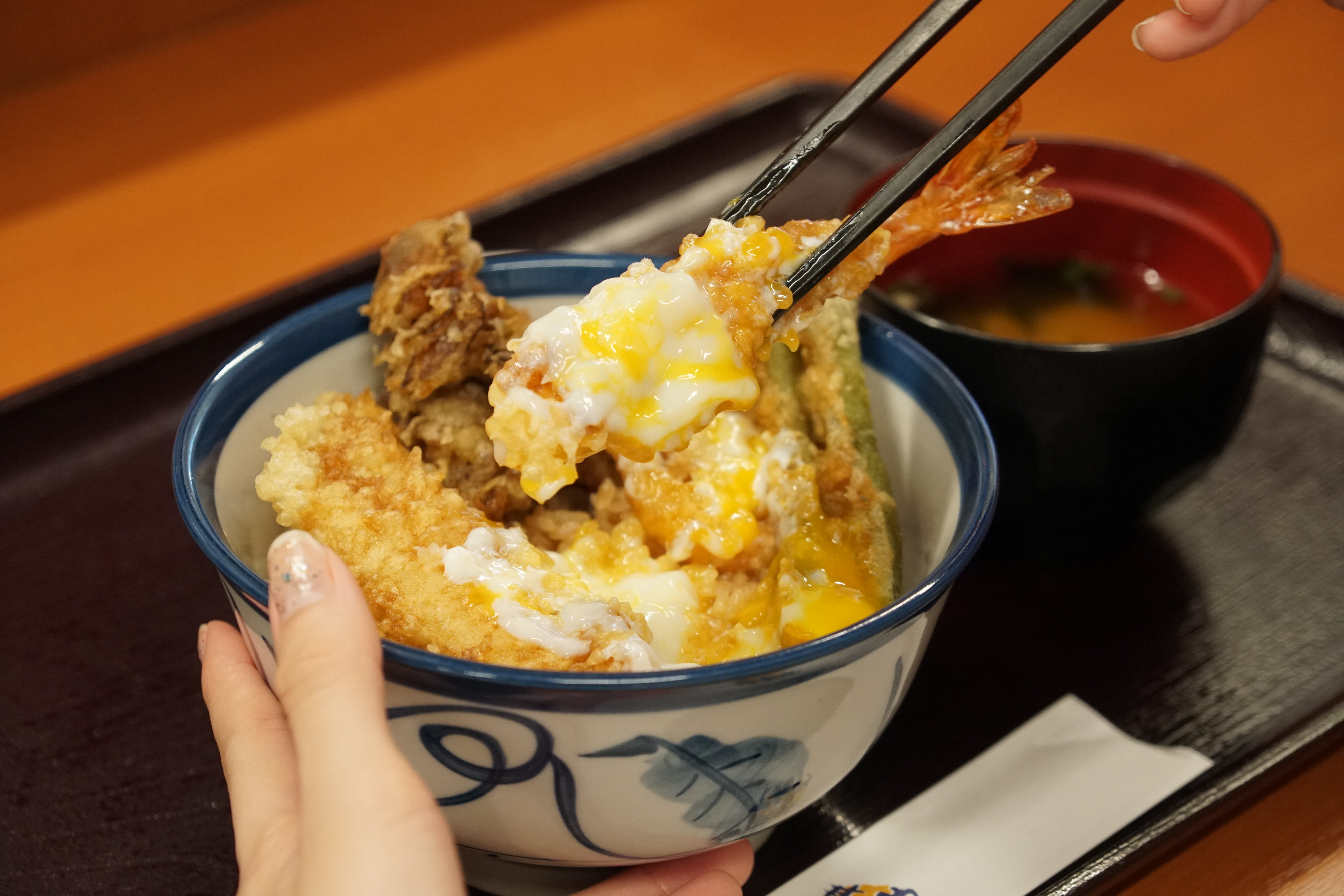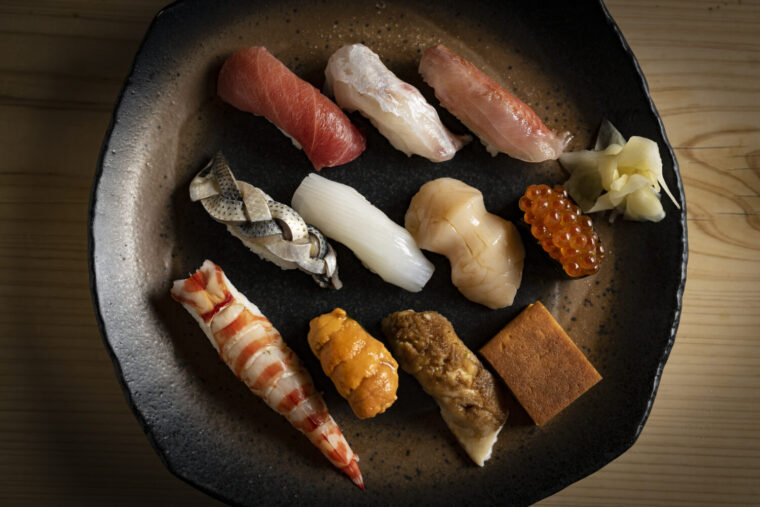
How to eat Tsukemen | Do you prefer the “hiyamori” style, or the “atsumori” style?
Tsukemen features toothsome noodles dipped into hot soup. The thick, springy noodles are pleasantly chewy, and take on plenty of the rich, slow-cooked pork bone and seafood based soup. These two elements combine to create an exquisite mouthful that is more than the sum of its parts. For this article, we asked the experts at the tsukemen specialty restaurant, Mita Seimenjo, for advice on the smart way to enjoy this popular dish.
share:
Table of Contents
What is “Mita Seimenjo”?

Mita Seimenjo is one of the most famous tsukemen shop in Japan. It opens in Tokyo but there are about 40 shops all over Japan and 2 shops in Hong Kong now. It takes great pride in its house made, extra-thick noodles and rich, pork bone and seafood based soup. You’ll enjoy eating regular menu tsukemen and seasonal limited editions.
Choose your soup and noodles
Upon entering the restaurant, the first thing to do is order. The standard sequence is:
- Choose your soup
- Choose your noodle serving size
- Choose “hiyamori” (cold) or “atsumori” (hot)
- Choose toppings and sides
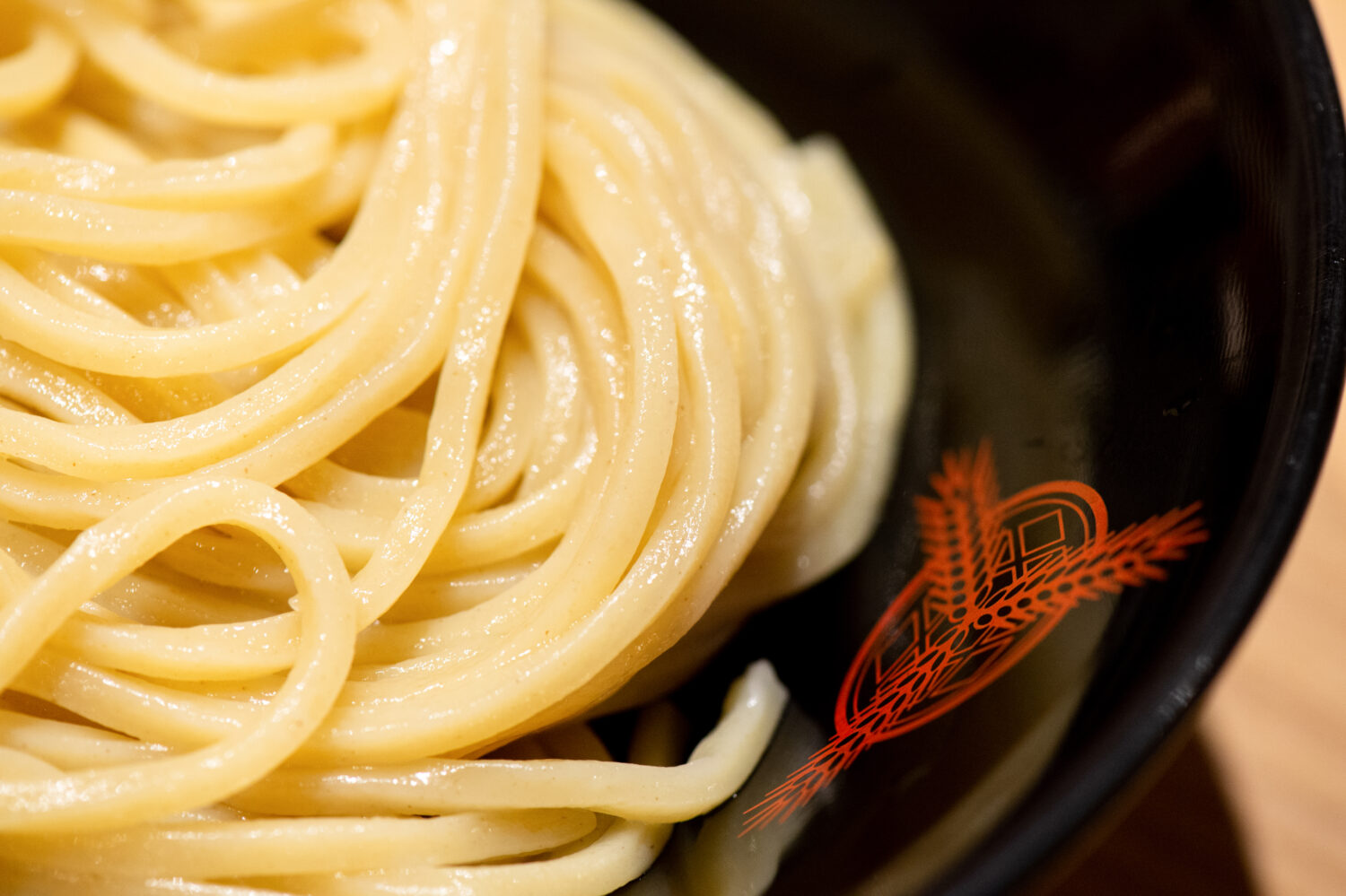
For the soup in step 1, in addition to standard tsukemen soup, you have a number of options to choose from, such as kara (spicy), se-abura (with pork back fat), and more. For the noodle serving size in step 2, your choice of nami-mori (regular, 320 g), chuu-mori (medium, 450 g), and oh-mori (large, 580 g) are offered at standard price. For an extra price, you can select toku-mori (extra-large, 800 g), or, if you aren’t a big eater, ko-mori (small, 240 g) is available. The choice of “hiya-mori” (cold) or “atsu-mori” (hot) in step 3 refers to the serving temperature of the noodles. In the house-favorite “hiyamori” style, the extra-thick noodles are rinsed and finished in cold water to achieve the perfect texture. In the “atsumori” style, the rinsed and finished noodles are reheated. This helps to keep the soup warm, and is popular during cold seasons.
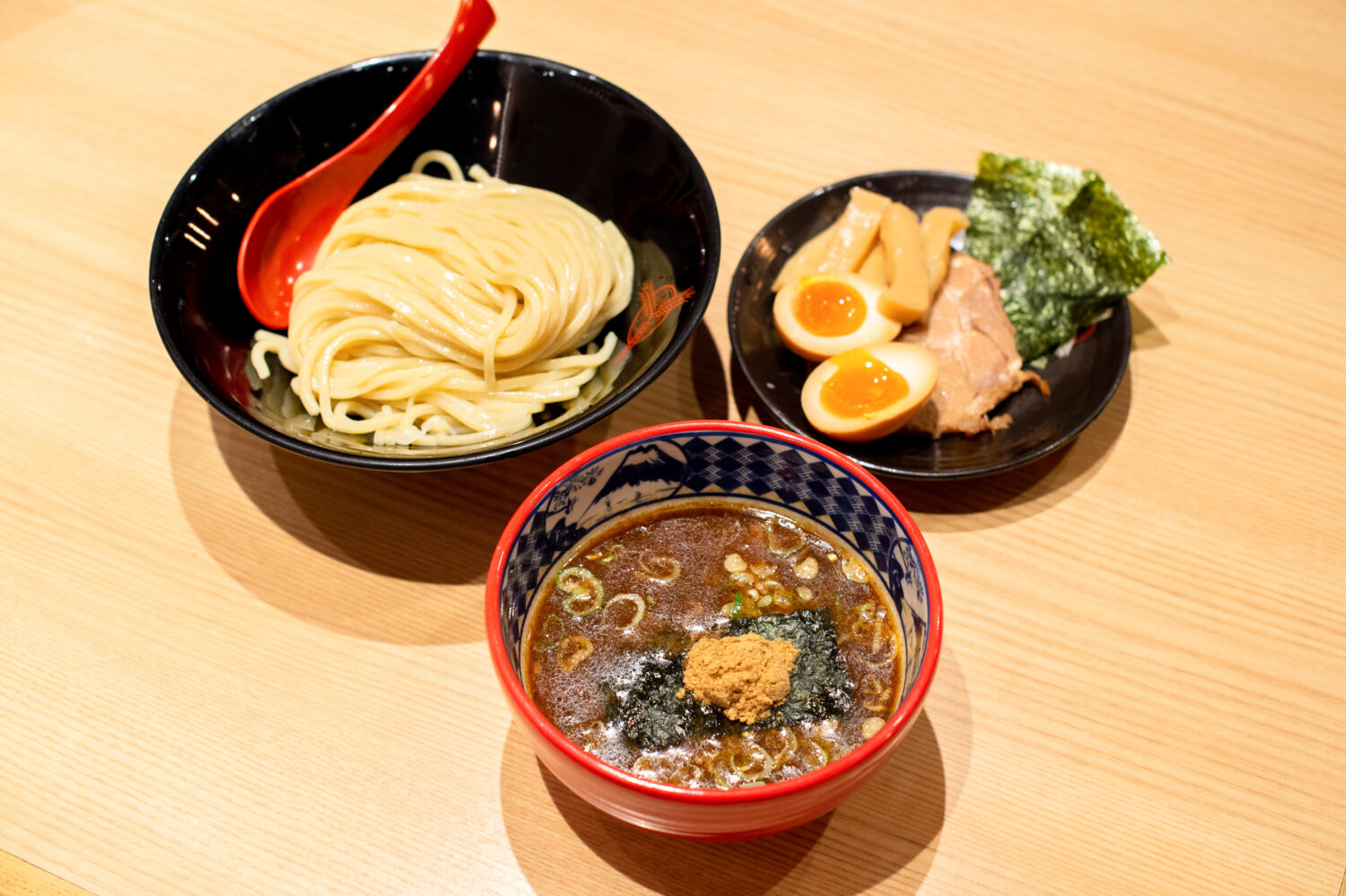
After ordering your tsukemen, depending on how hungry you are, you might want to order toppings or side dishes. For this visit, we ordered “Tsukemen, nami-mori, hiya-mori, Mita-mori topping” (Tsukemen, regular size, served cold, with Mita-style toppings.)
Mix the gyofun (fish powder) into your soup

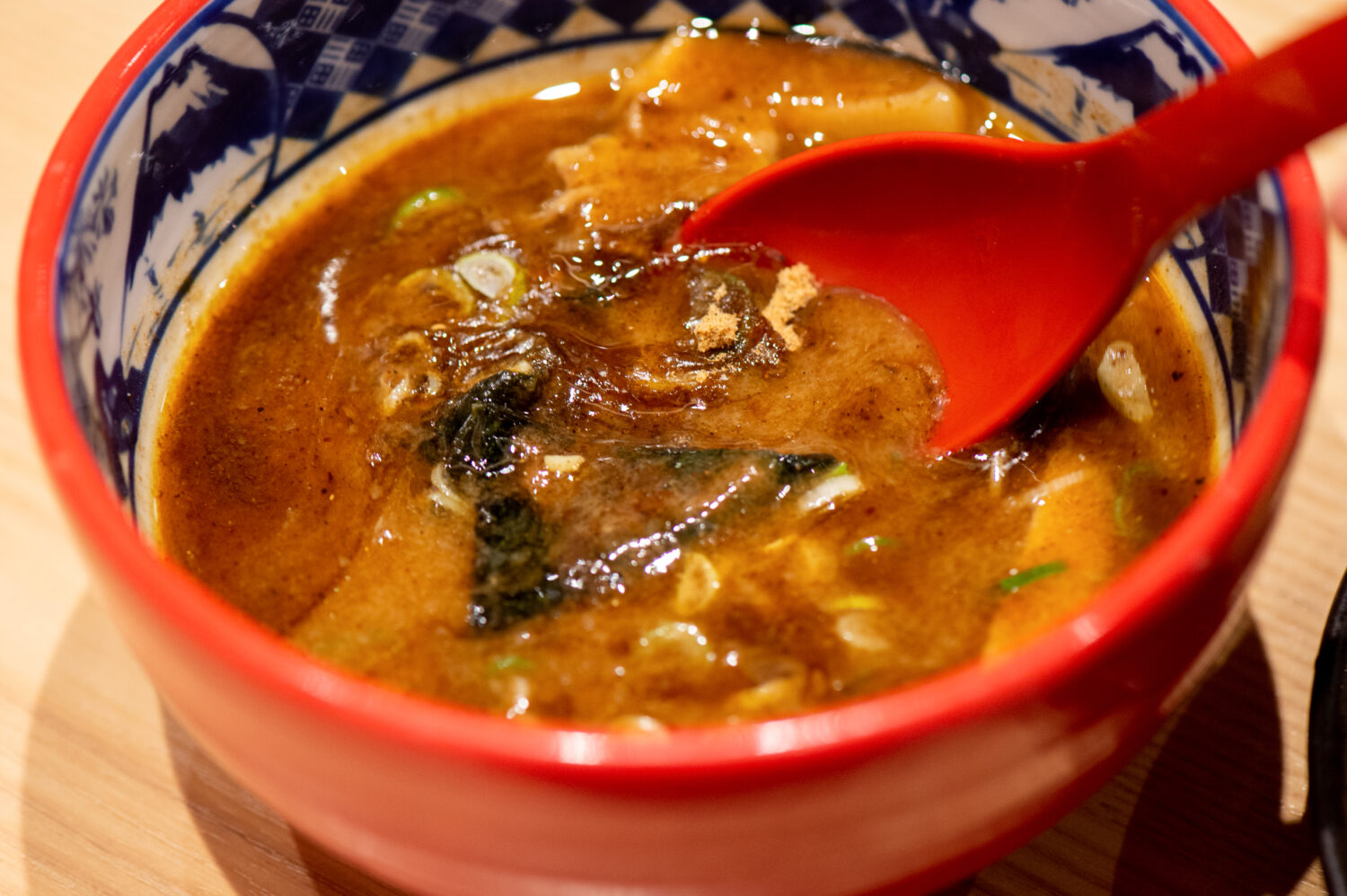
Once your tsukemen arrives, first, pay attention to the soup! Atop your nori seaweed, you’ll find a fish powder known as gyofun. To evenly distribute the gyofun, stir the entire bowl of soup a few times.
Dip noodles into the soup, and slurp
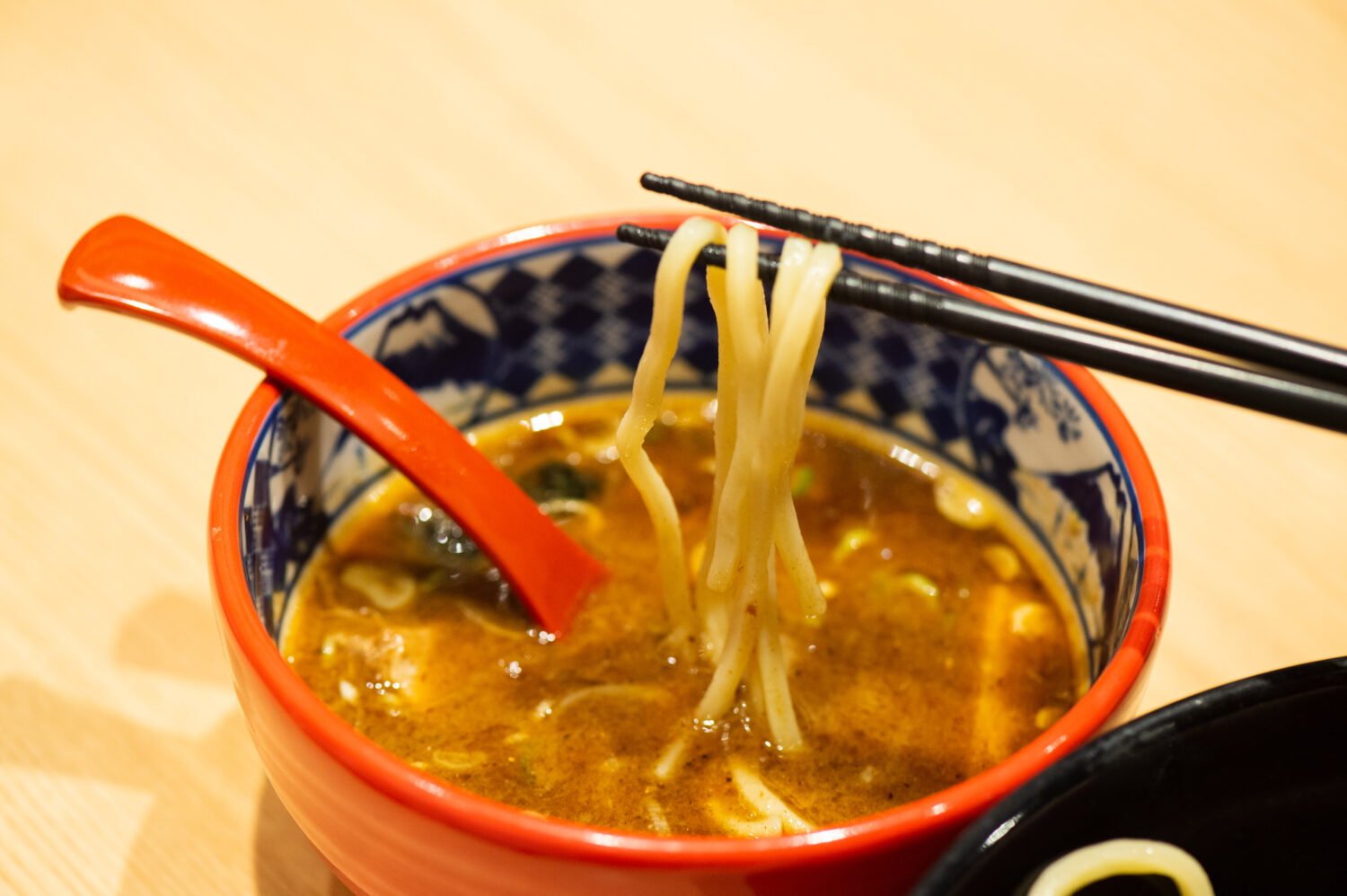
Grasp a mouthful of noodles with your chopsticks and slowly dip them into the soup. Take your time, and plenty of soup will cling to the noodles. If you’d like to appreciate the flavor of the wheat in the noodles, leave a bit undipped.
Use the provided seasonings and any ordered toppings as you like

After you’ve fully savored the noodles and the soup, let’s try ajihen – changing flavor mid-way. At Mita Seimenjo, several varieties of their own original spice blends are provided at the table.

This time, we’ve selected the “ninniku shichimi togarashi”, seven spice powder with garlic. Instead of adding it to the soup, it’s advised to shake spices onto the noodles.
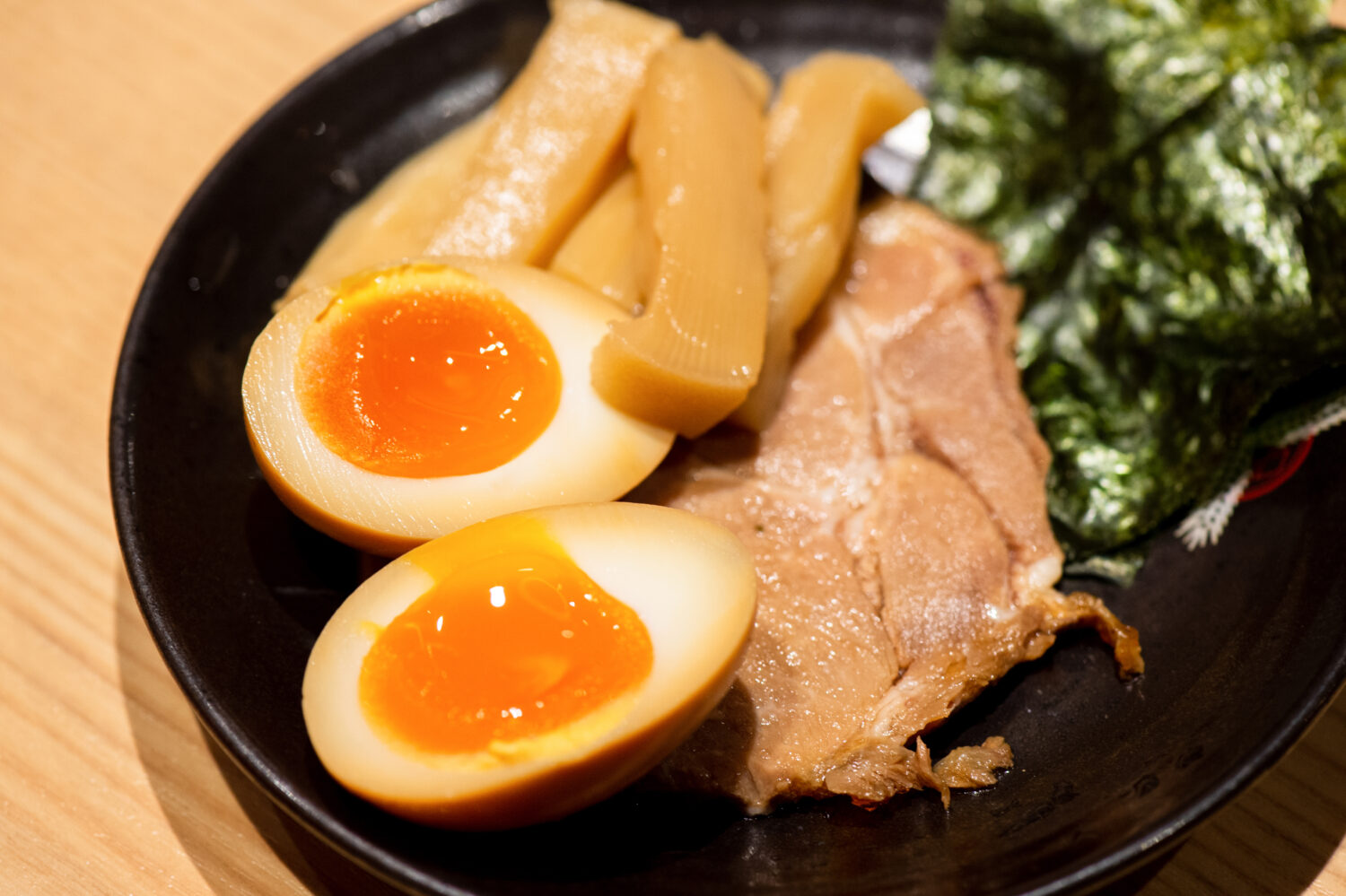
Next, move on to the toppings. For this visit, we ordered the “Mita-mori Topping”, which includes a hearty combination of nitamago (marinated boiled egg), chashu (roast pork), menma (fermented bamboo shoots), and nori (laver seaweed).
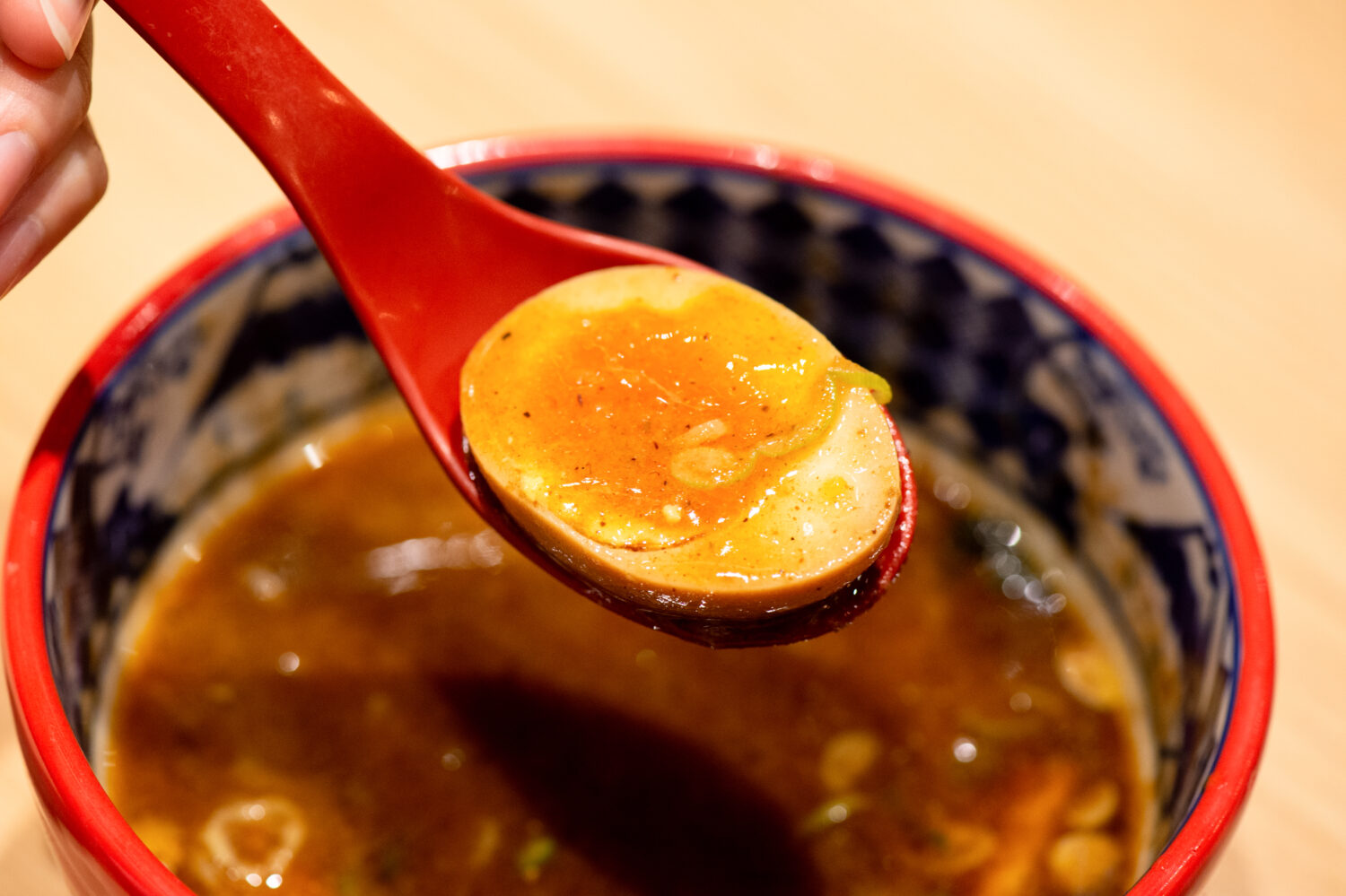
Letting the nitamago soak in your soup is the royal road to flavor! You can also simply add all the toppings right at the beginning, and save the nitamago for last. If your soup gets cold, you can ask for a top-up of hot soup, at extra charge.
Finish wish soup-wari
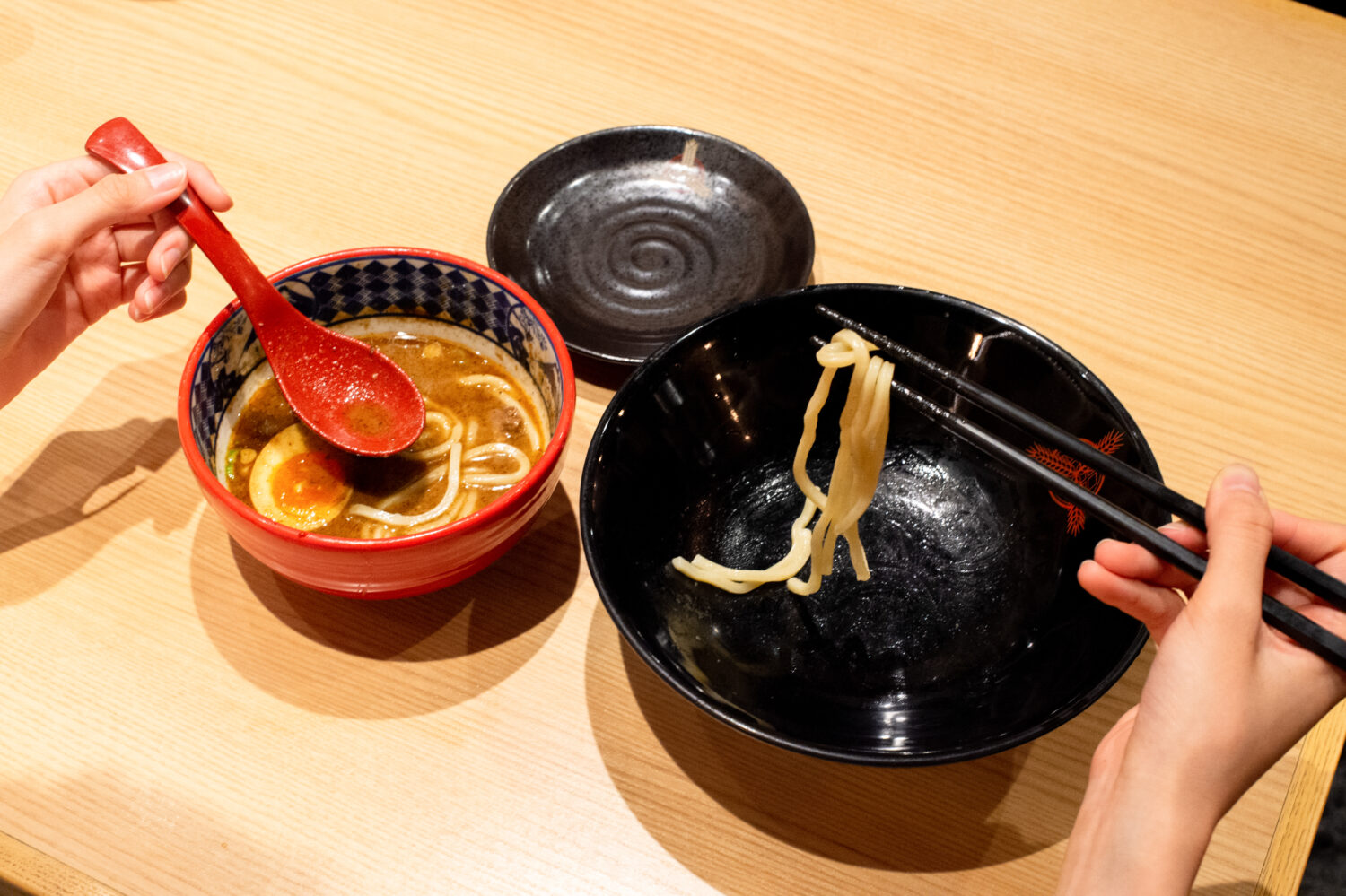
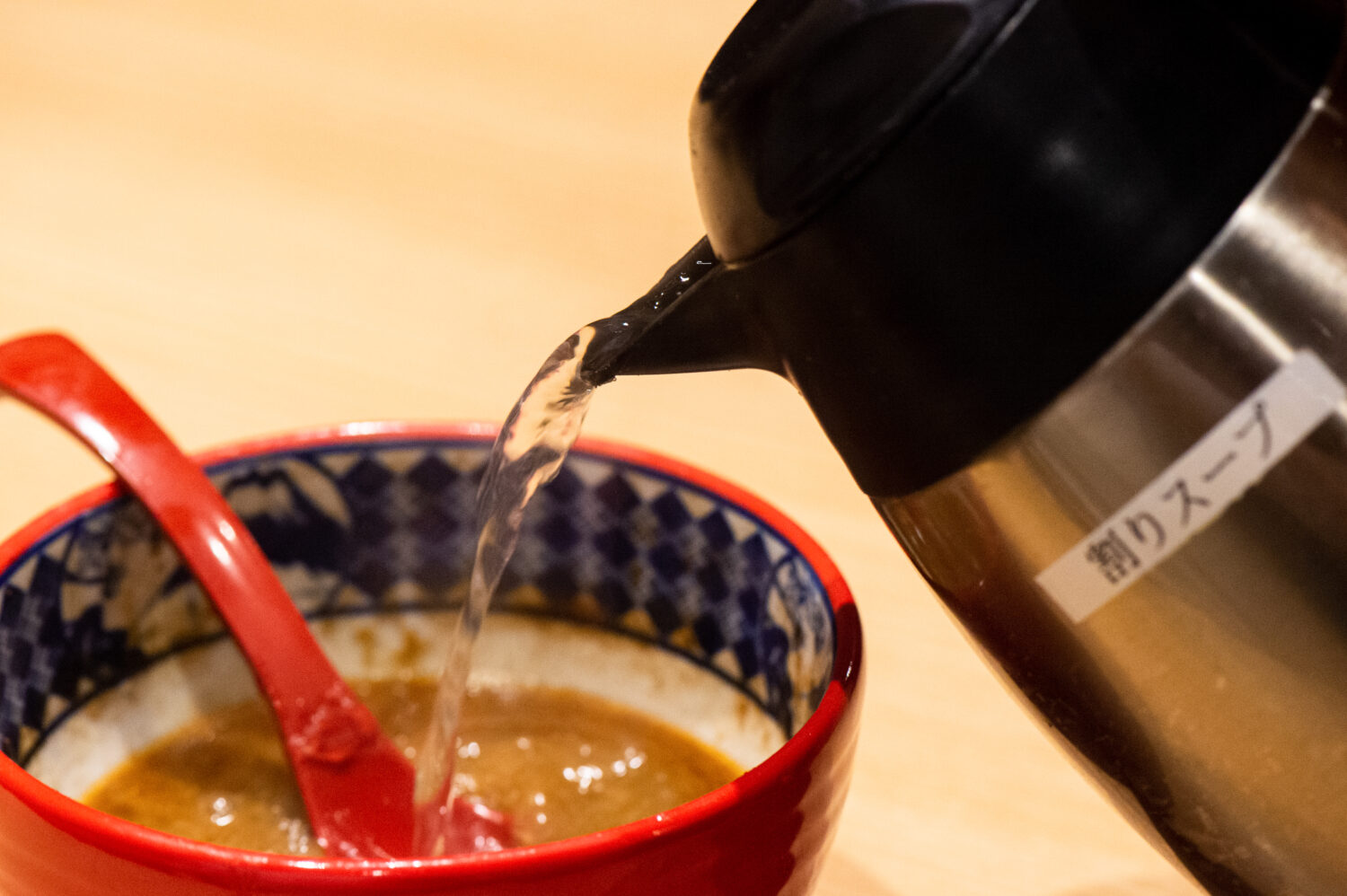
If you ask the staff for “wari-soup”, they will bring an insulated pot filled with lightly-seasoned katsuo-dashi (bonito broth). Add broth to lighten the rich, thick tsukemen soup to your liking. There’s no extra charge for soup-wari. A three-to-one ratio of remaining tsukemen soup to wari-soup is best!

As you can see, adding broth has caused the soup to become considerably lighter and more free-flowing. Use your renge (ramen soup spoon) to savor every last drop. At Mita Seimenjo, we also recommend to try “wari-meshi”, a serving of rice added to your remaining soup at an additional charge.

One great thing about tsukemen is the customizability, allowing you to tailor serving size to suit your appetite, and fully enjoy the entire meal down to the last drop of soup. If you love Japanese ramen, tsukemen is a must-try!
This tsukemen specialty restaurant takes great pride in its house made, extra-thick noodles and rich, pork bone and seafood based soup. After opening its first restaurant in 2008, Mita Seimenjo has expanded with locations throughout Japan.
*The information is based on the time of reporting or creation, and may differ from the current situation.
share:










